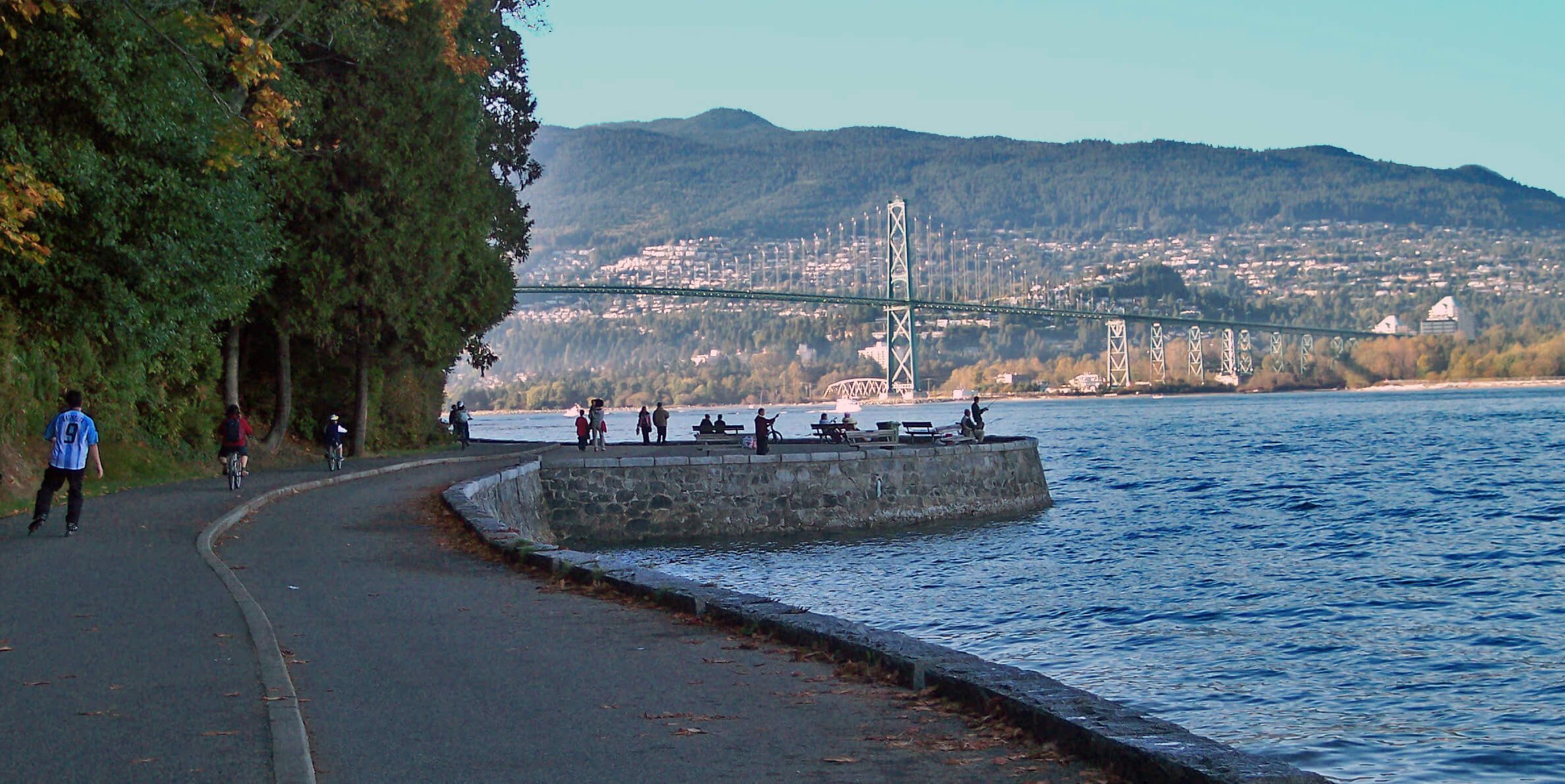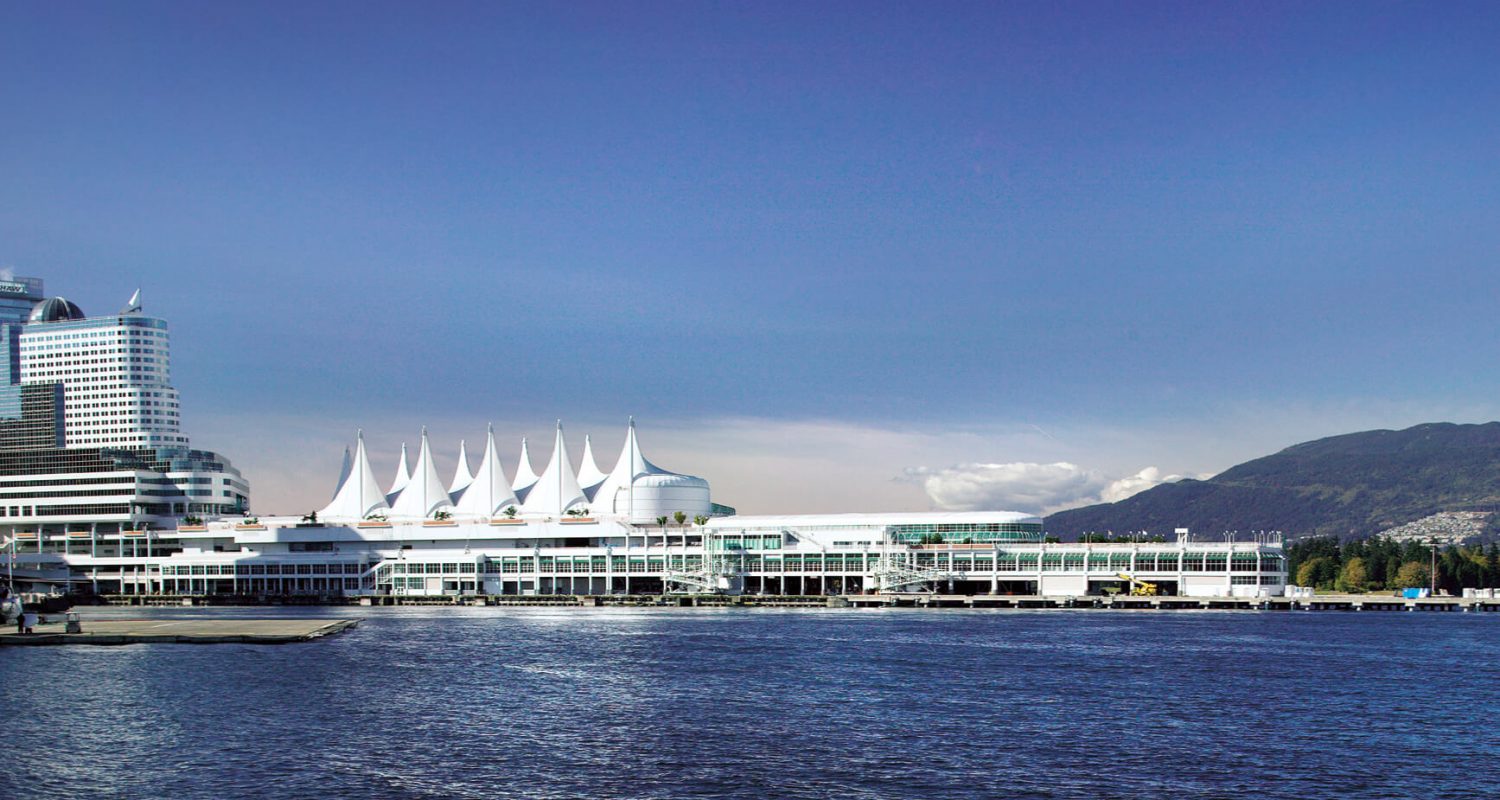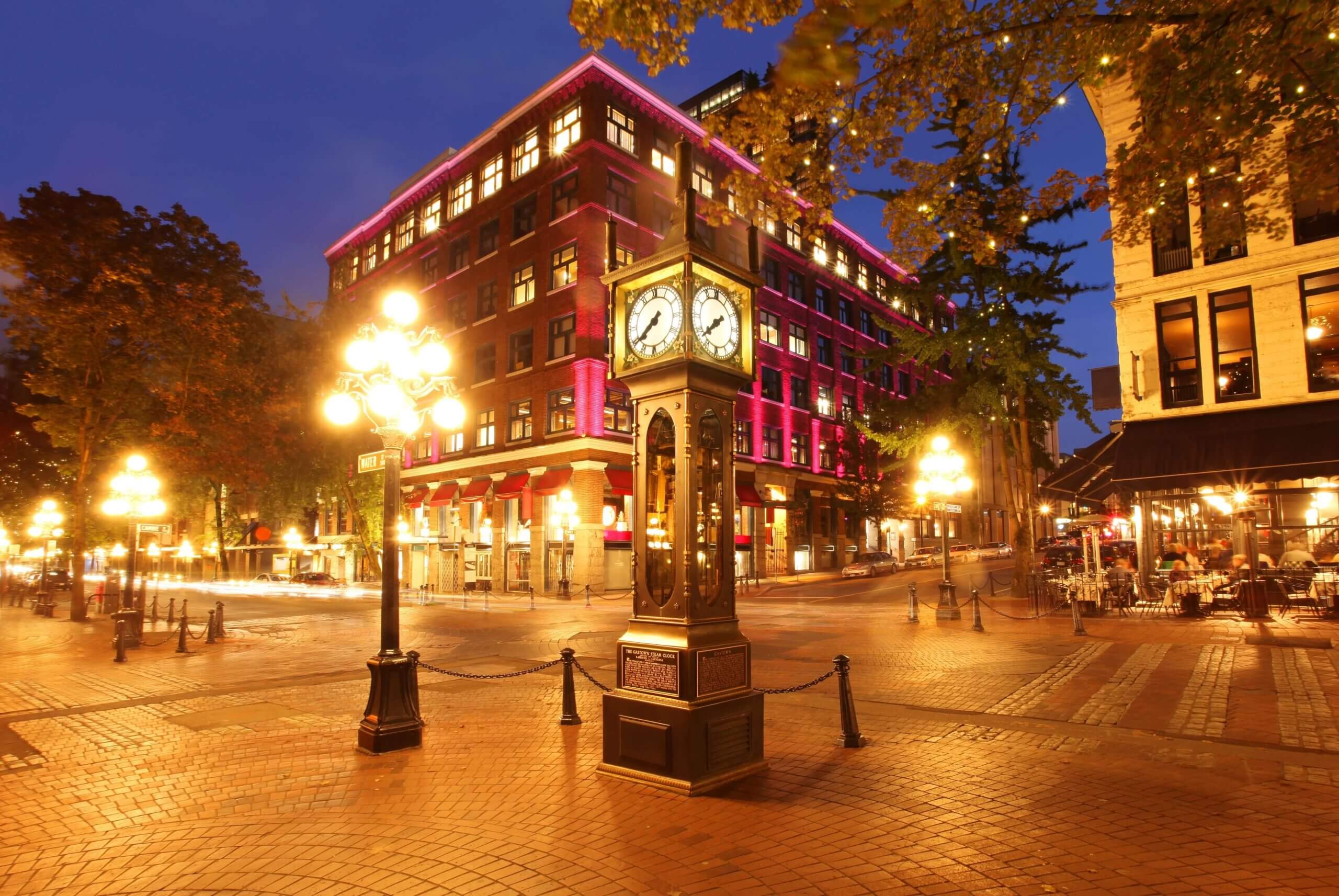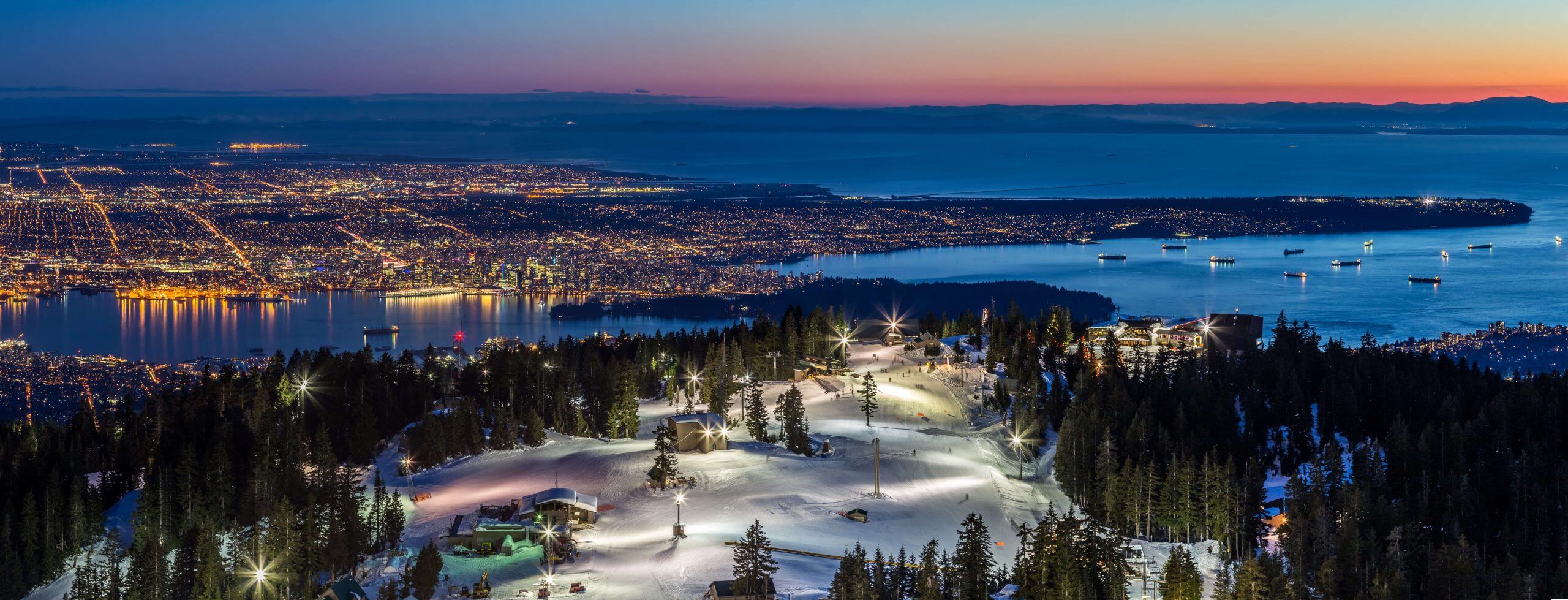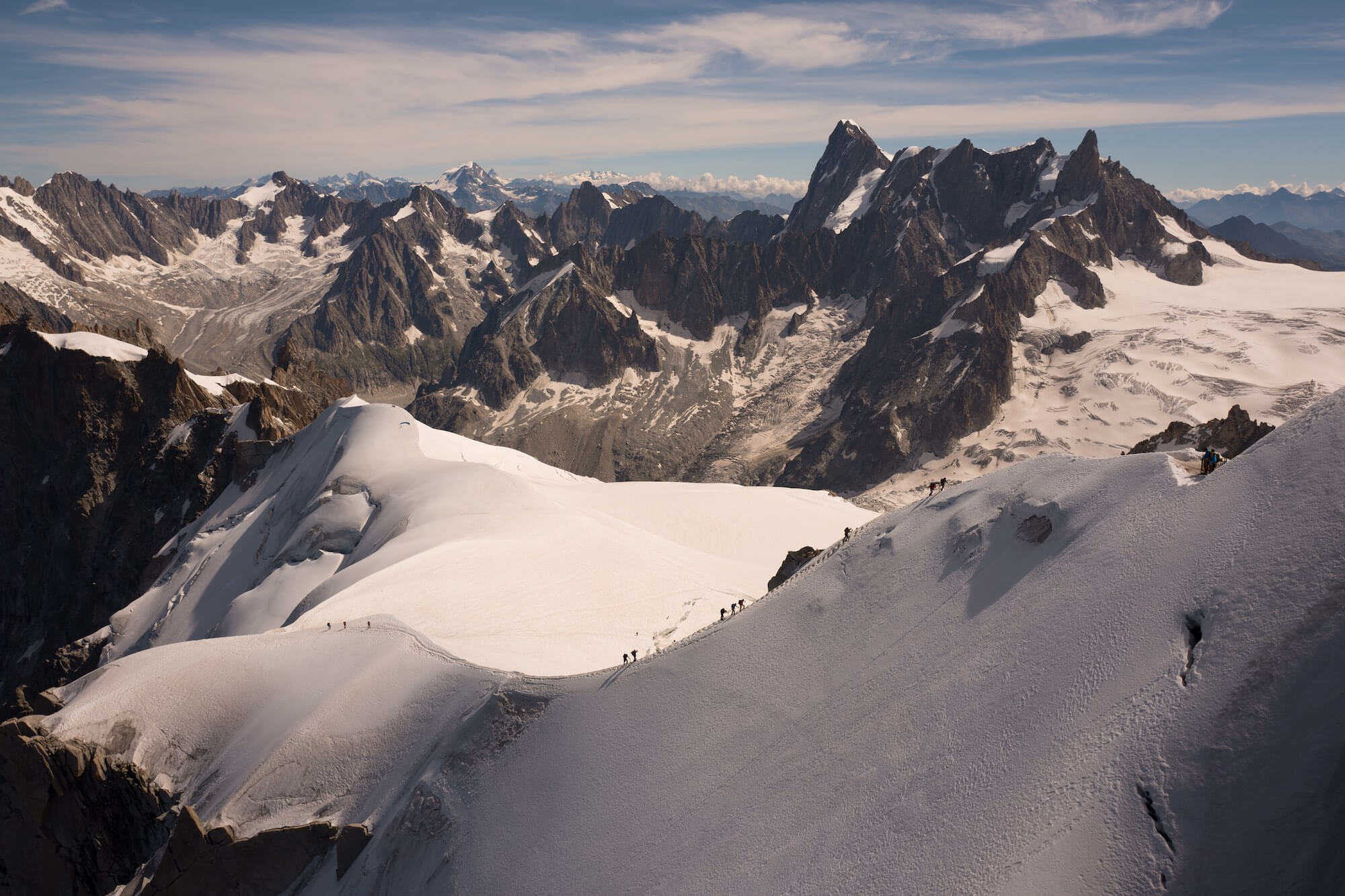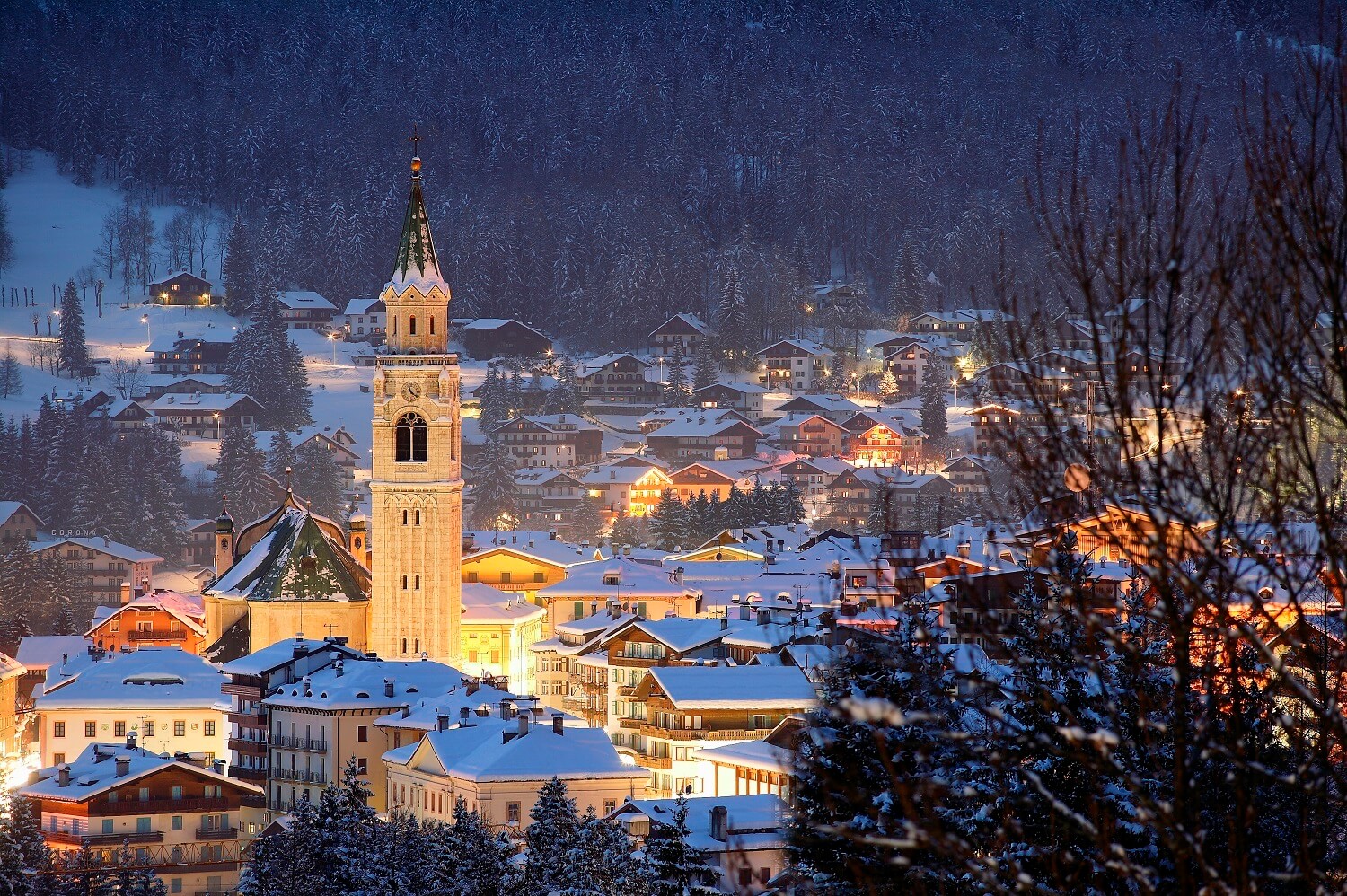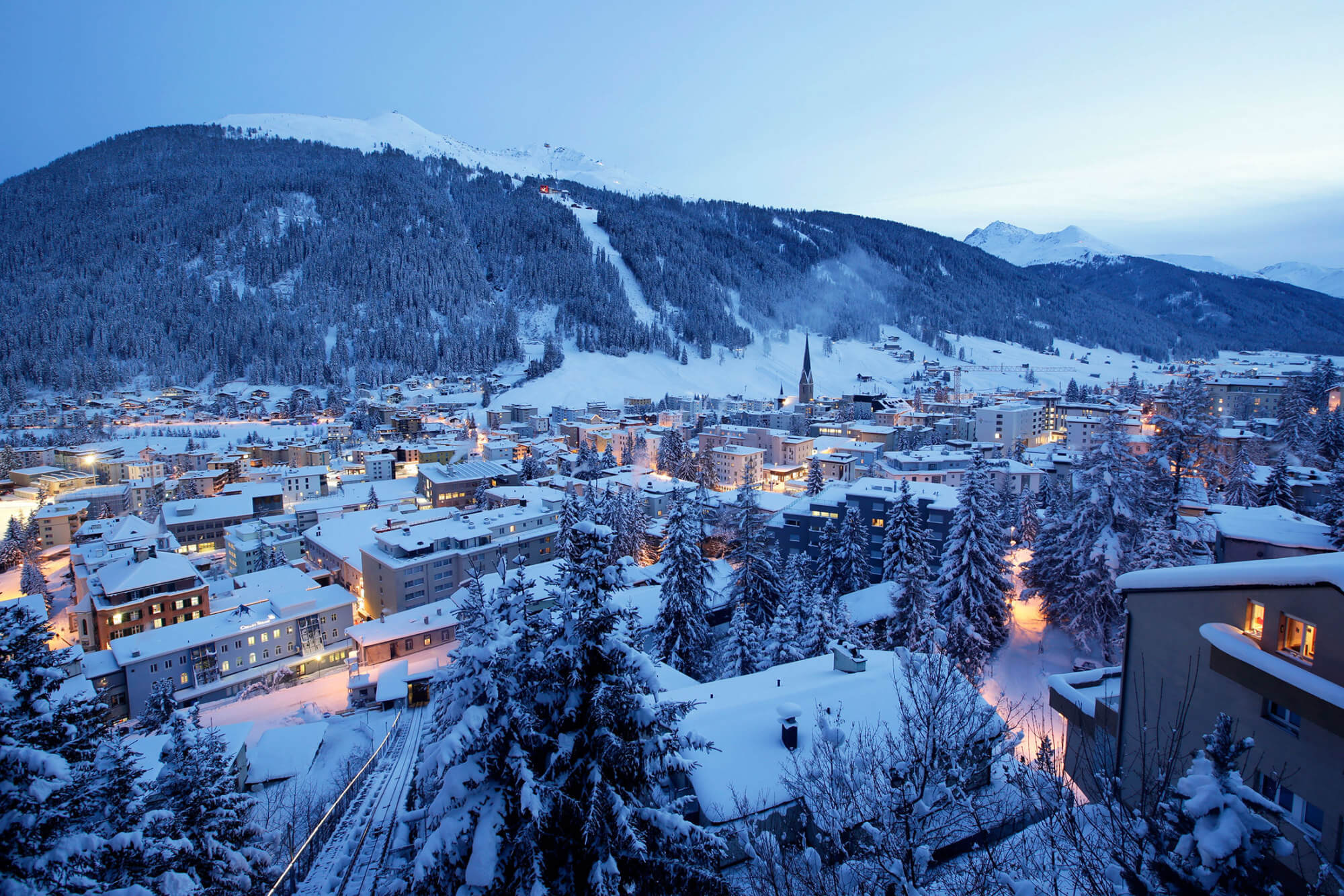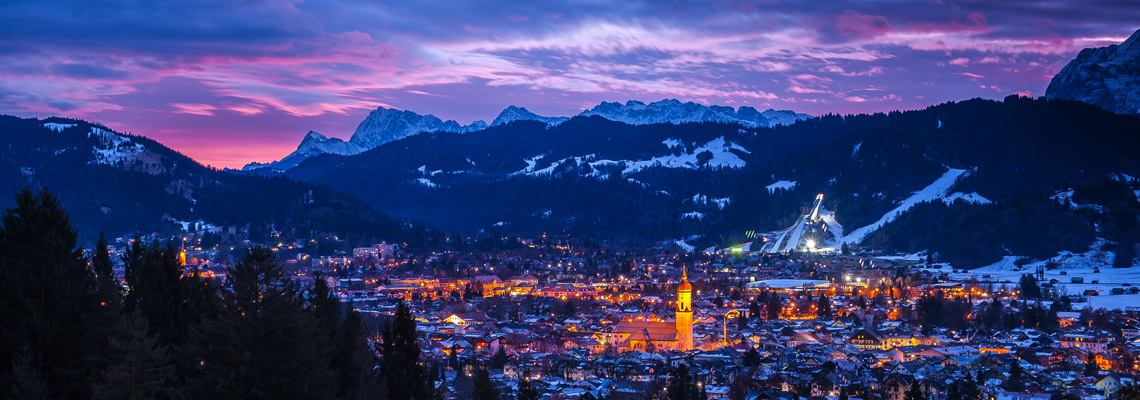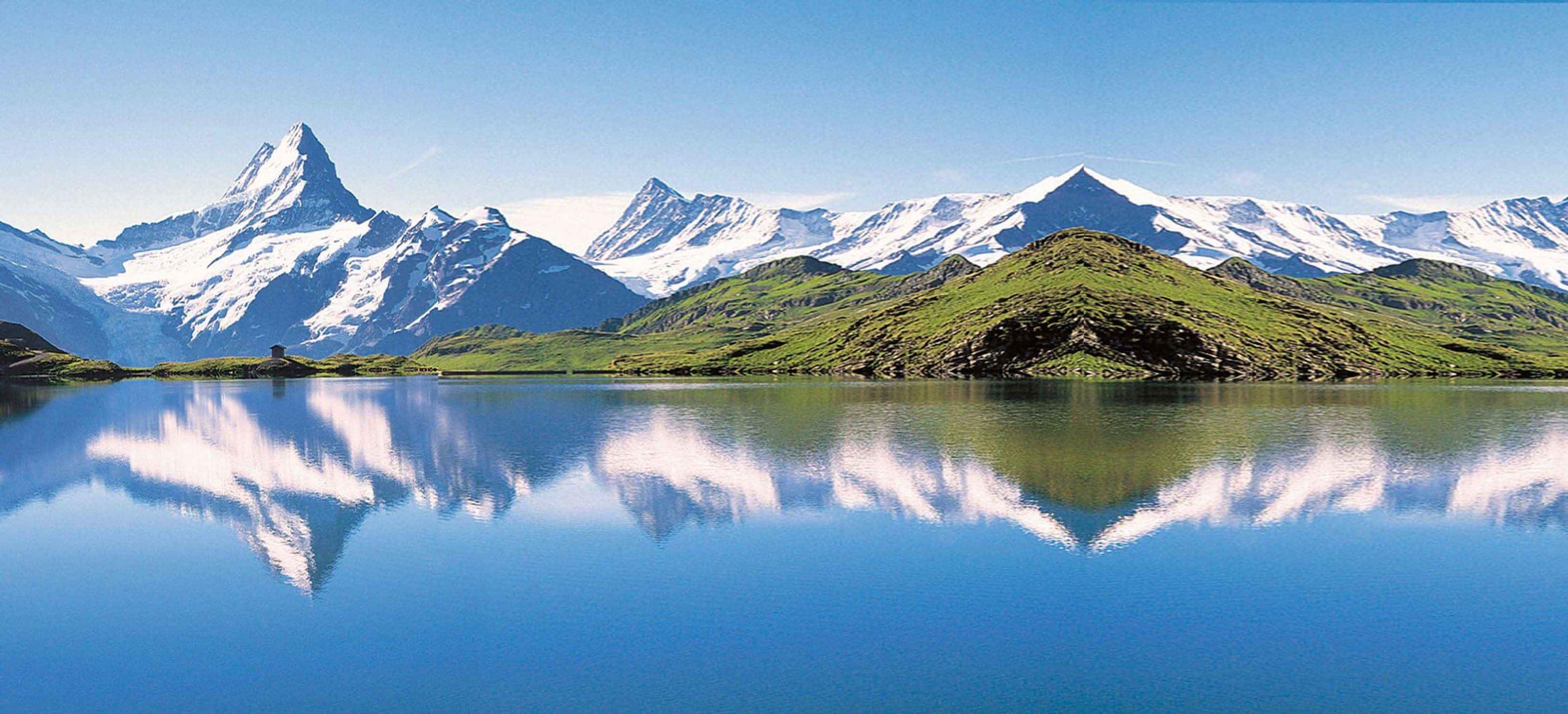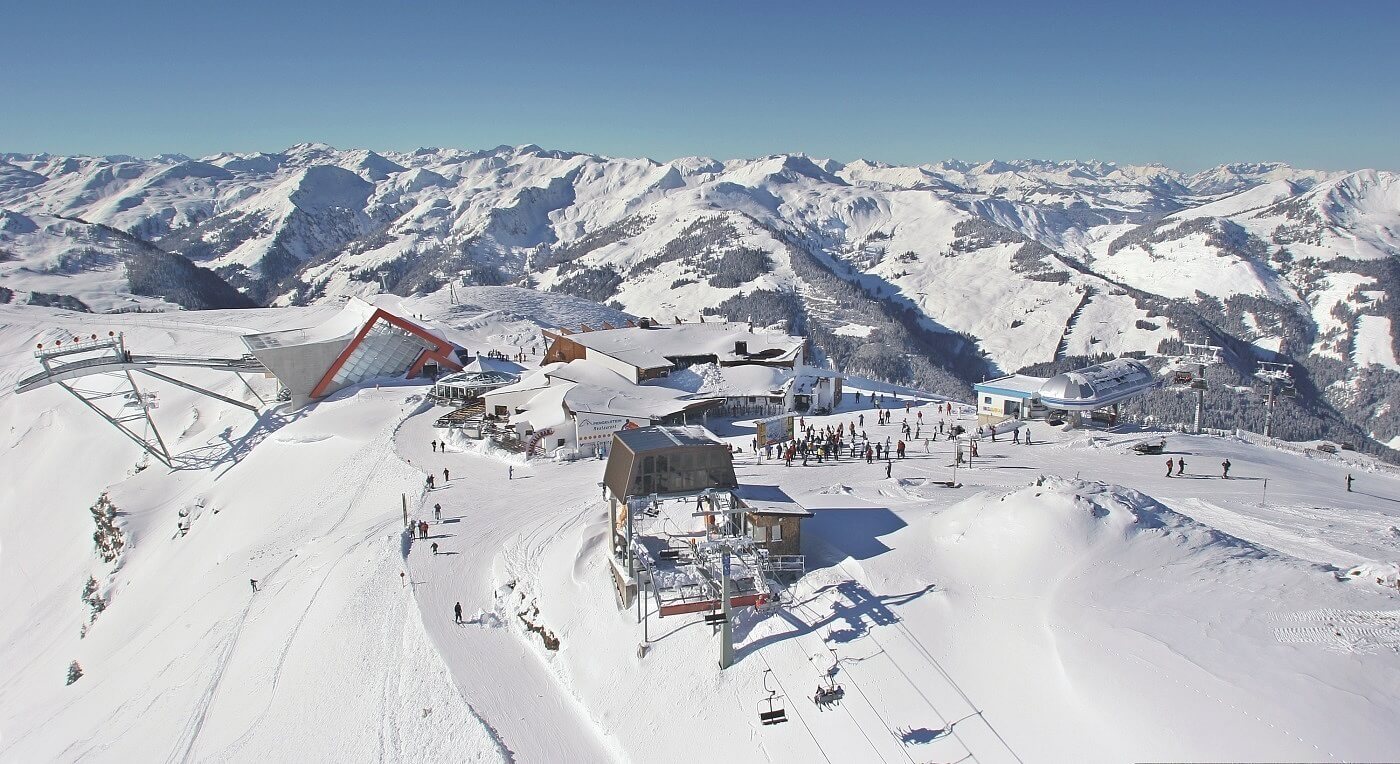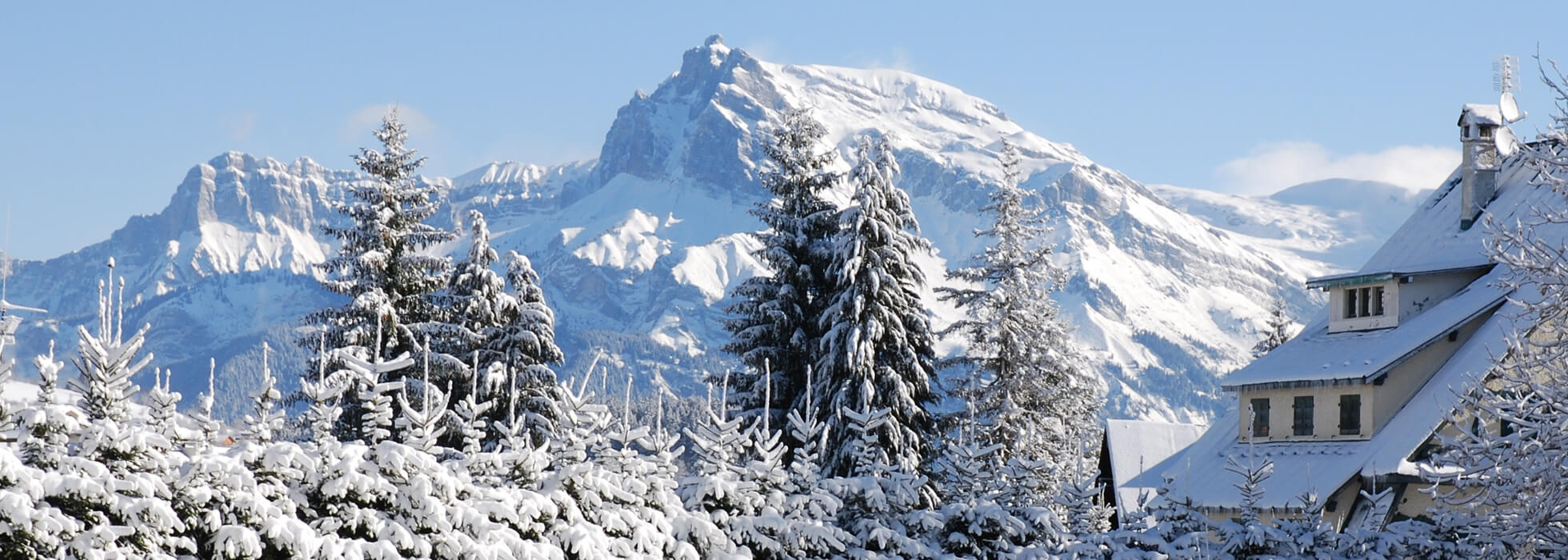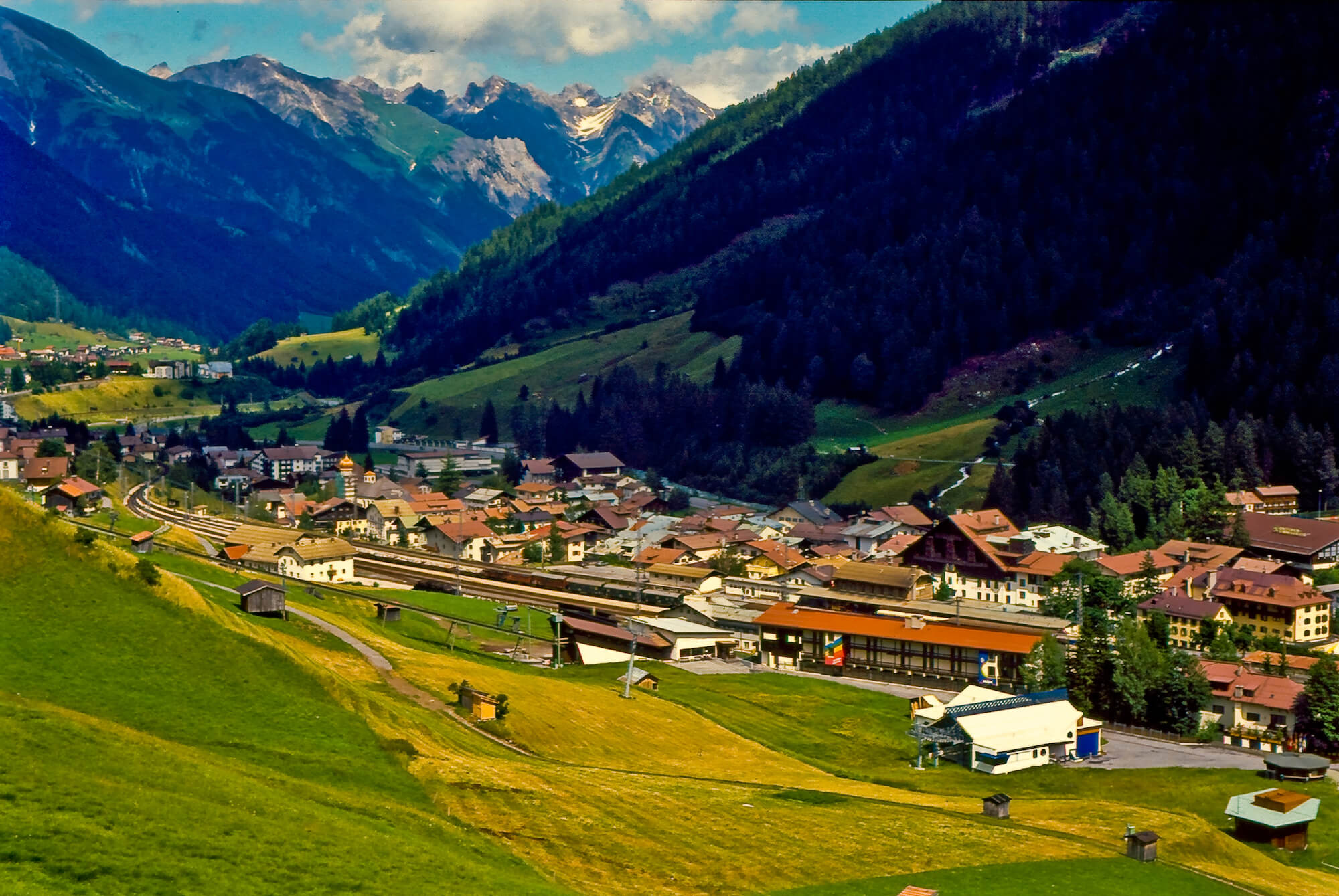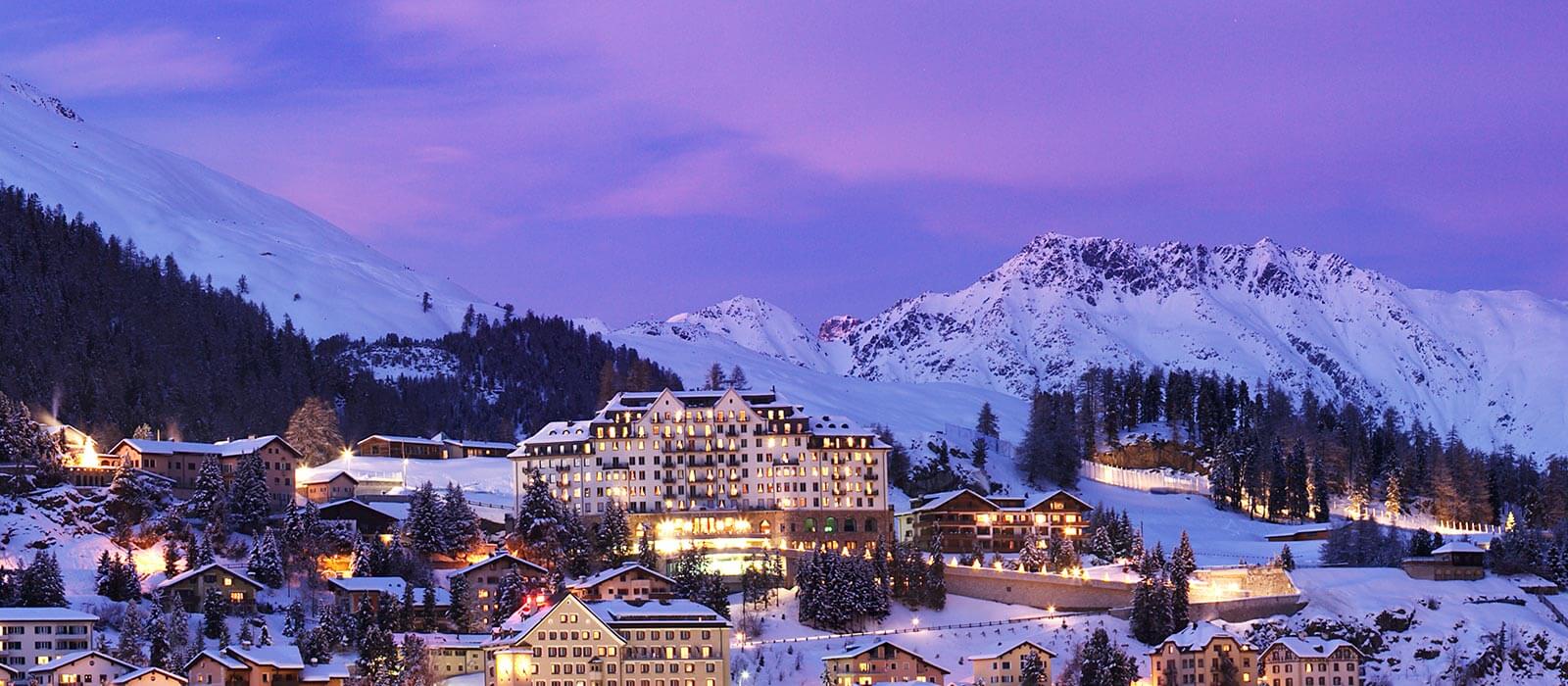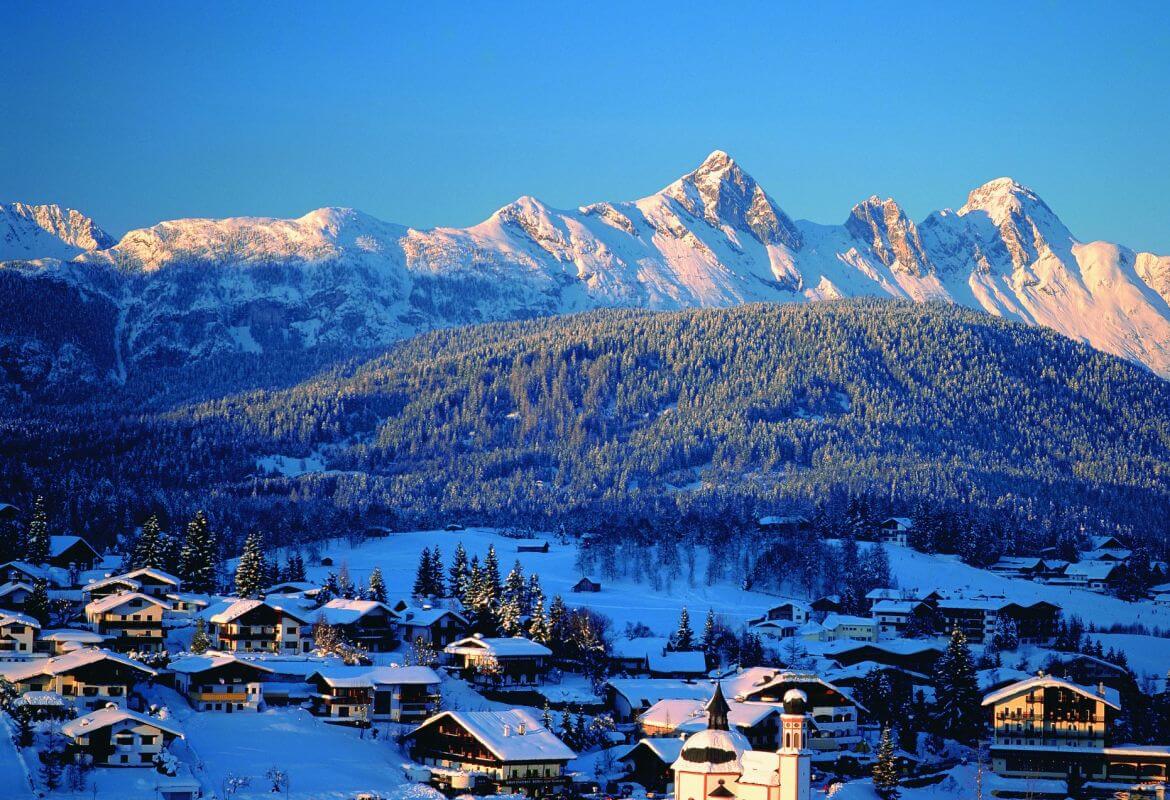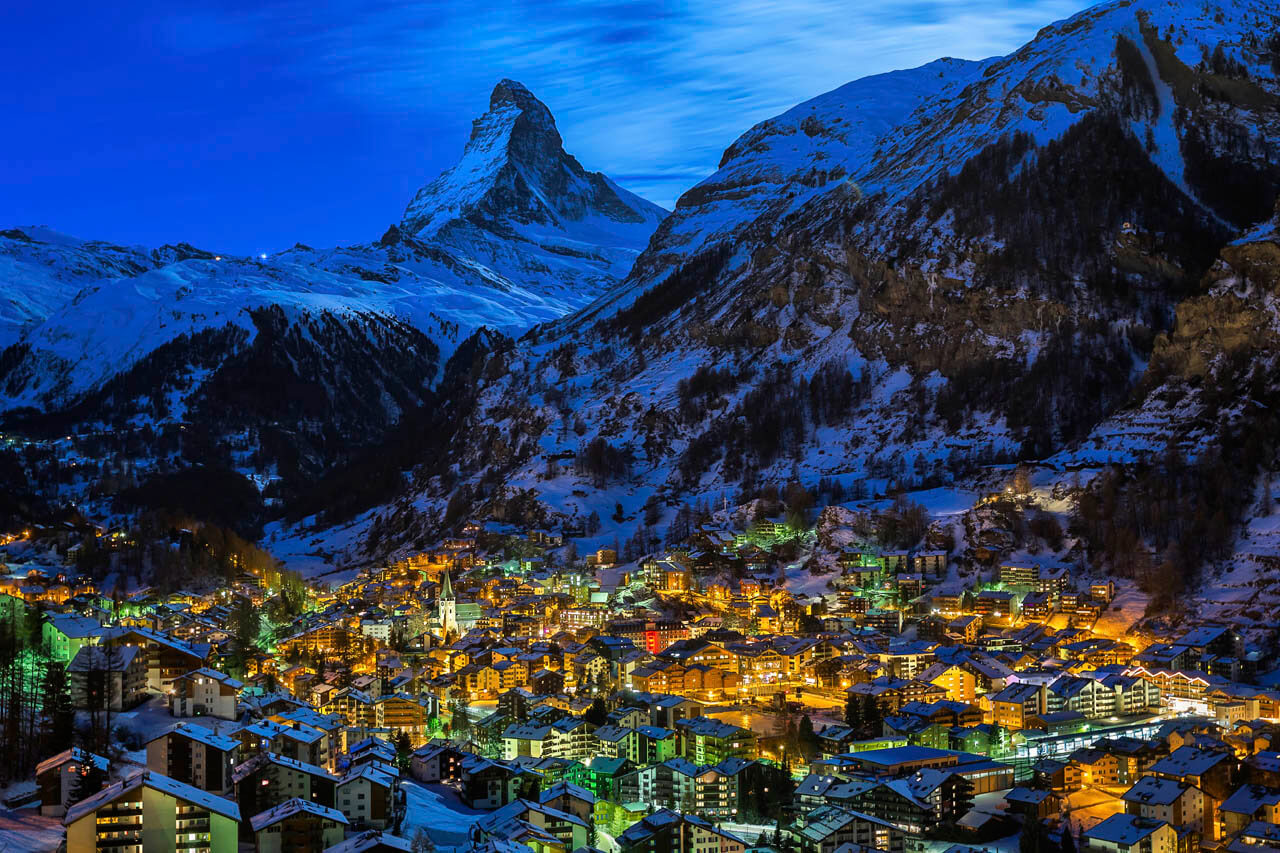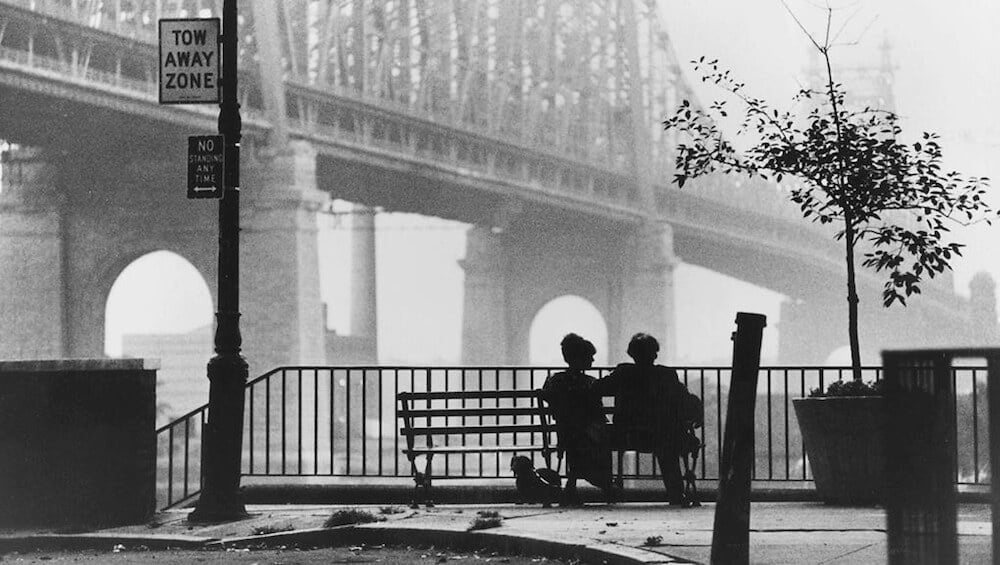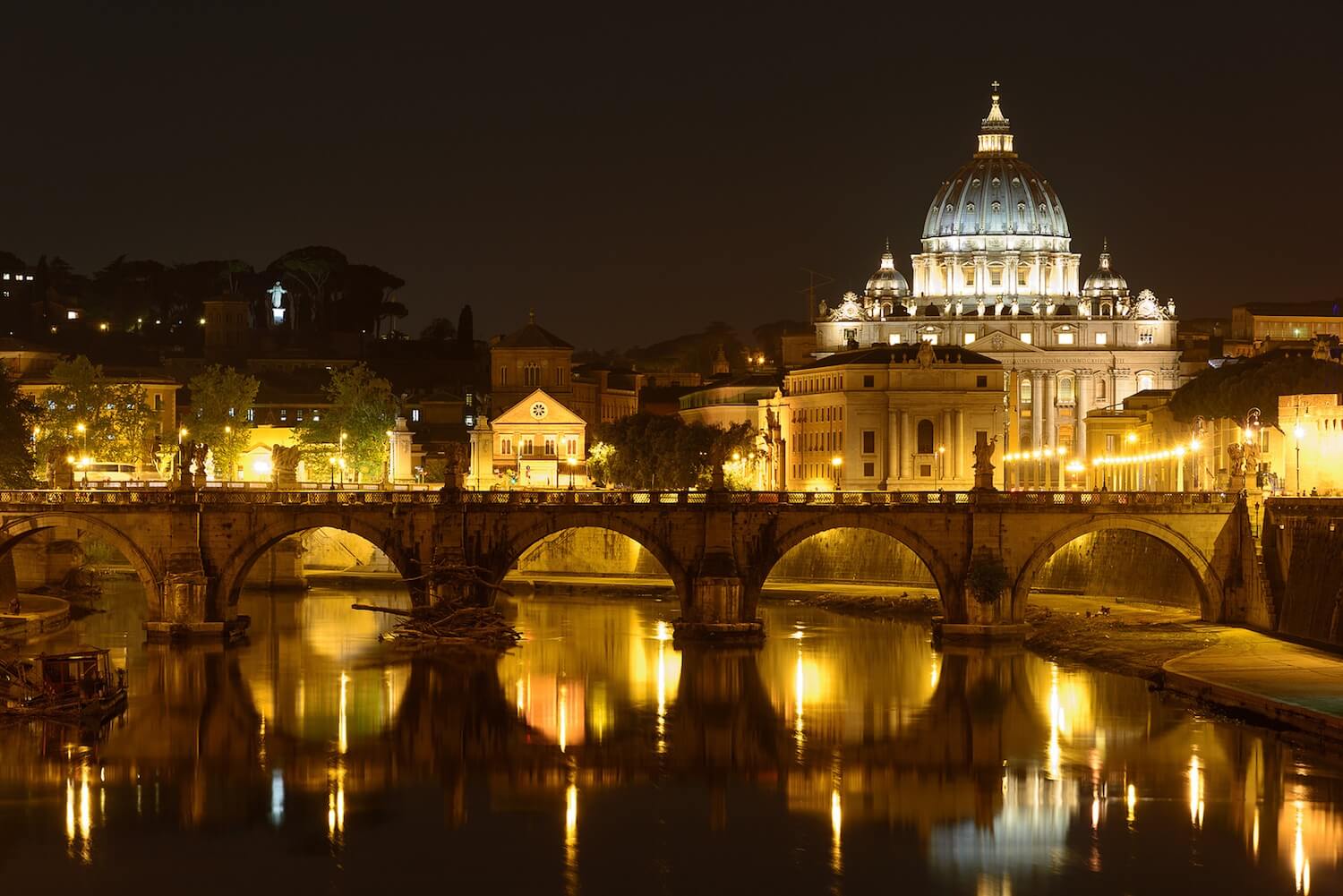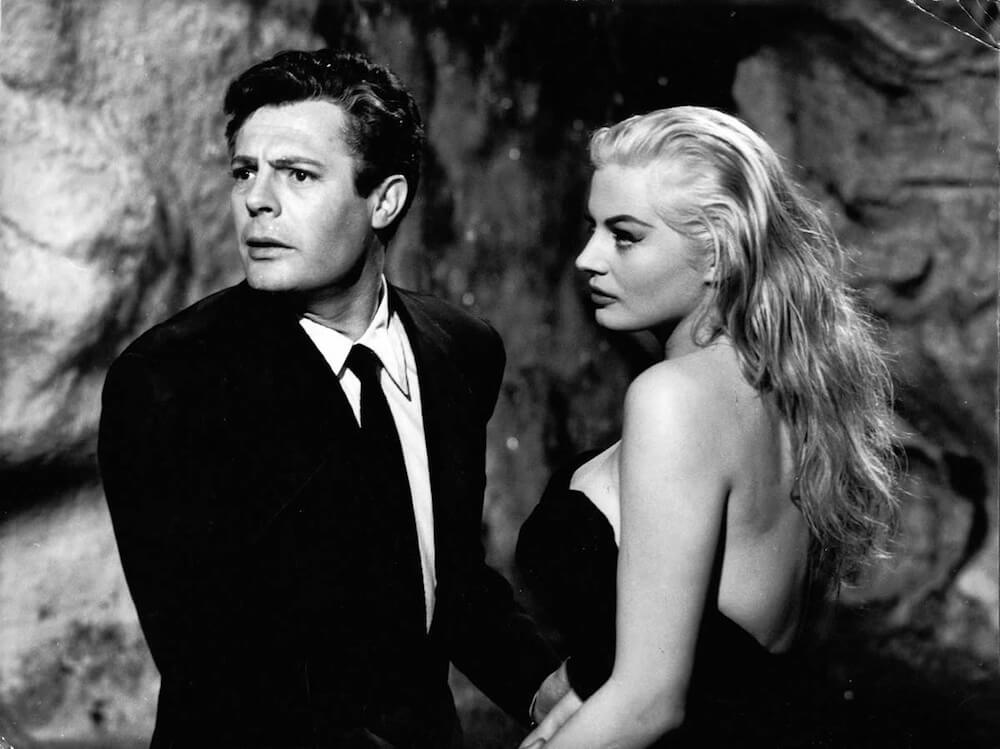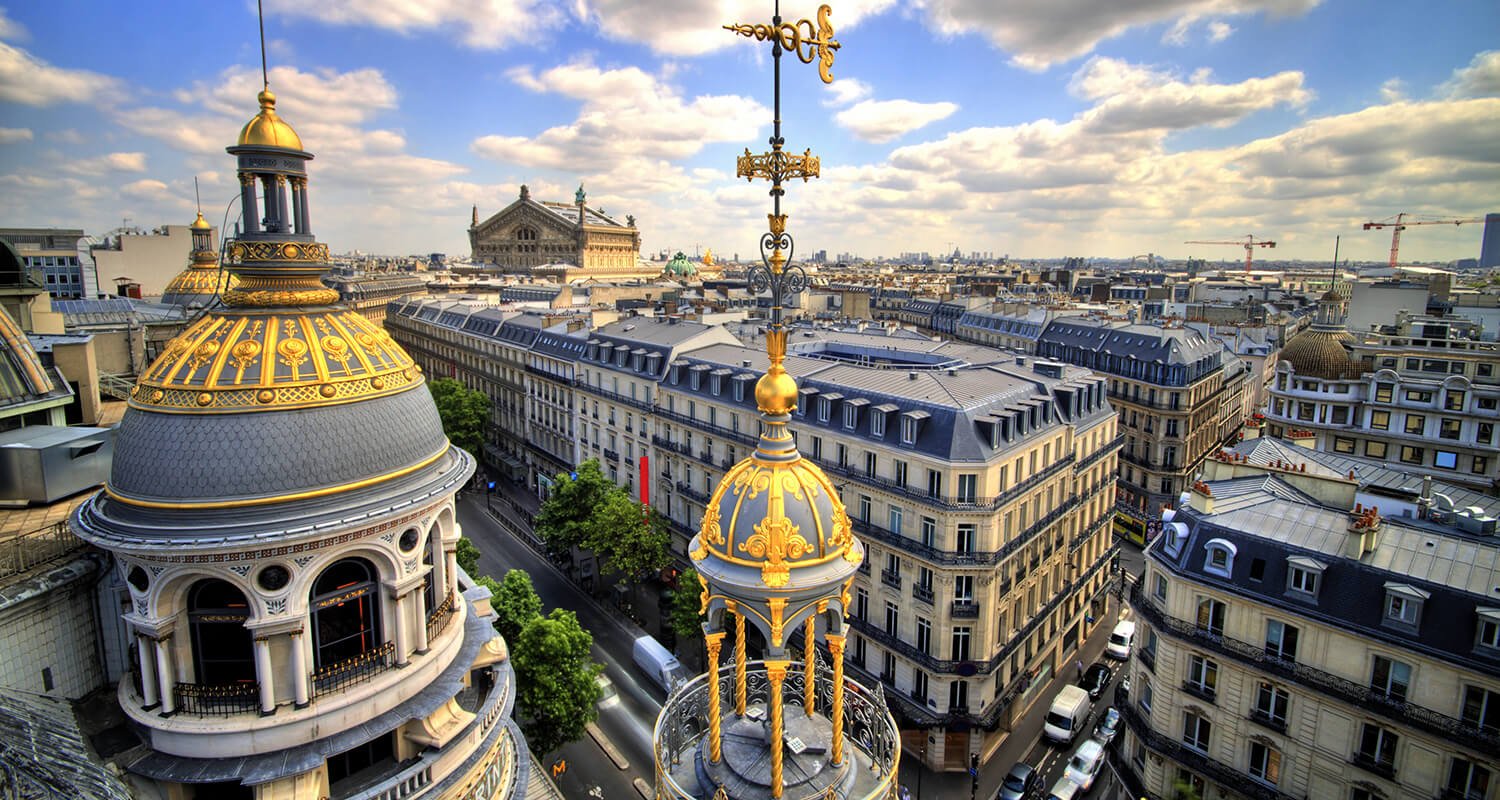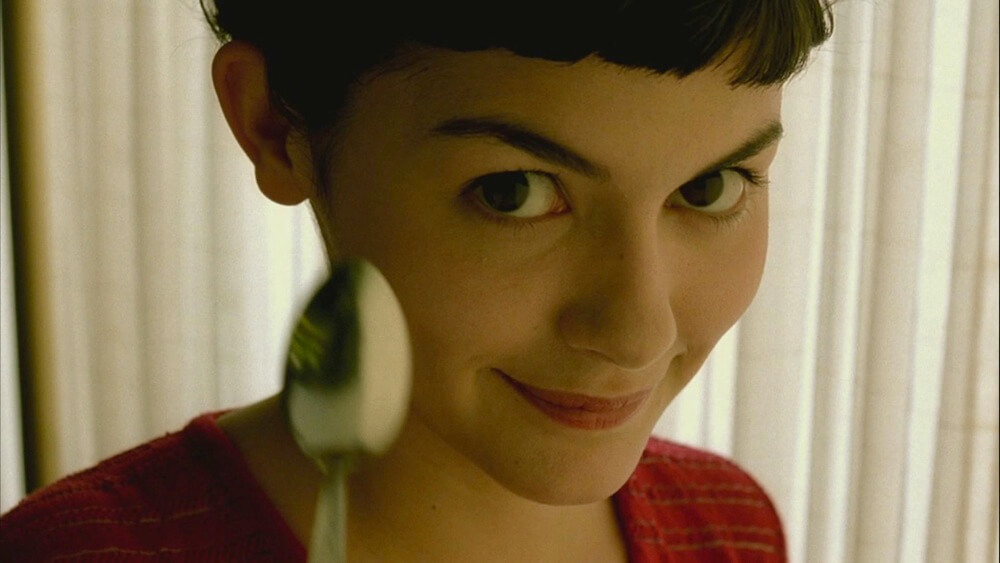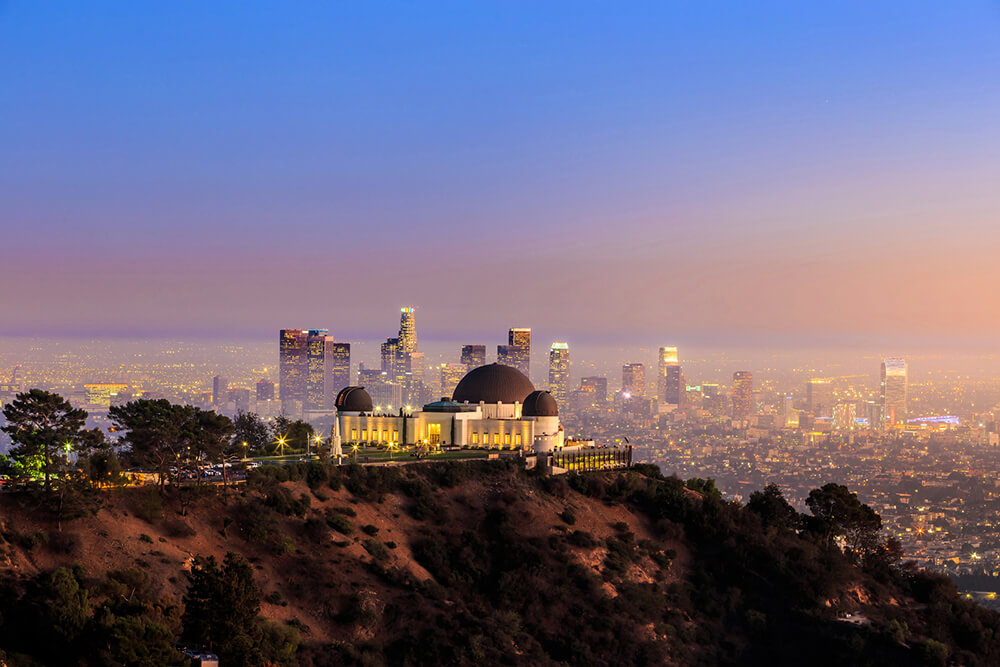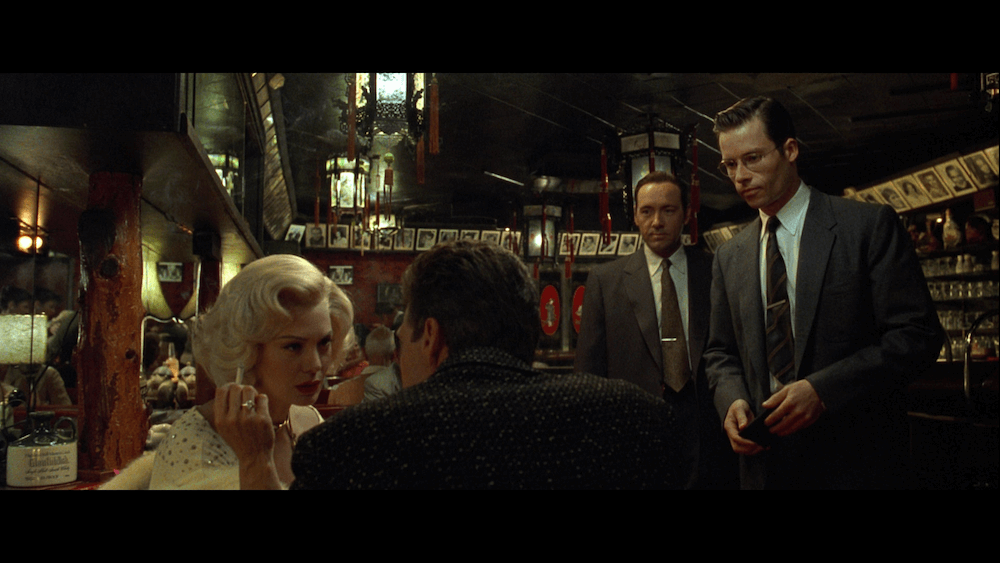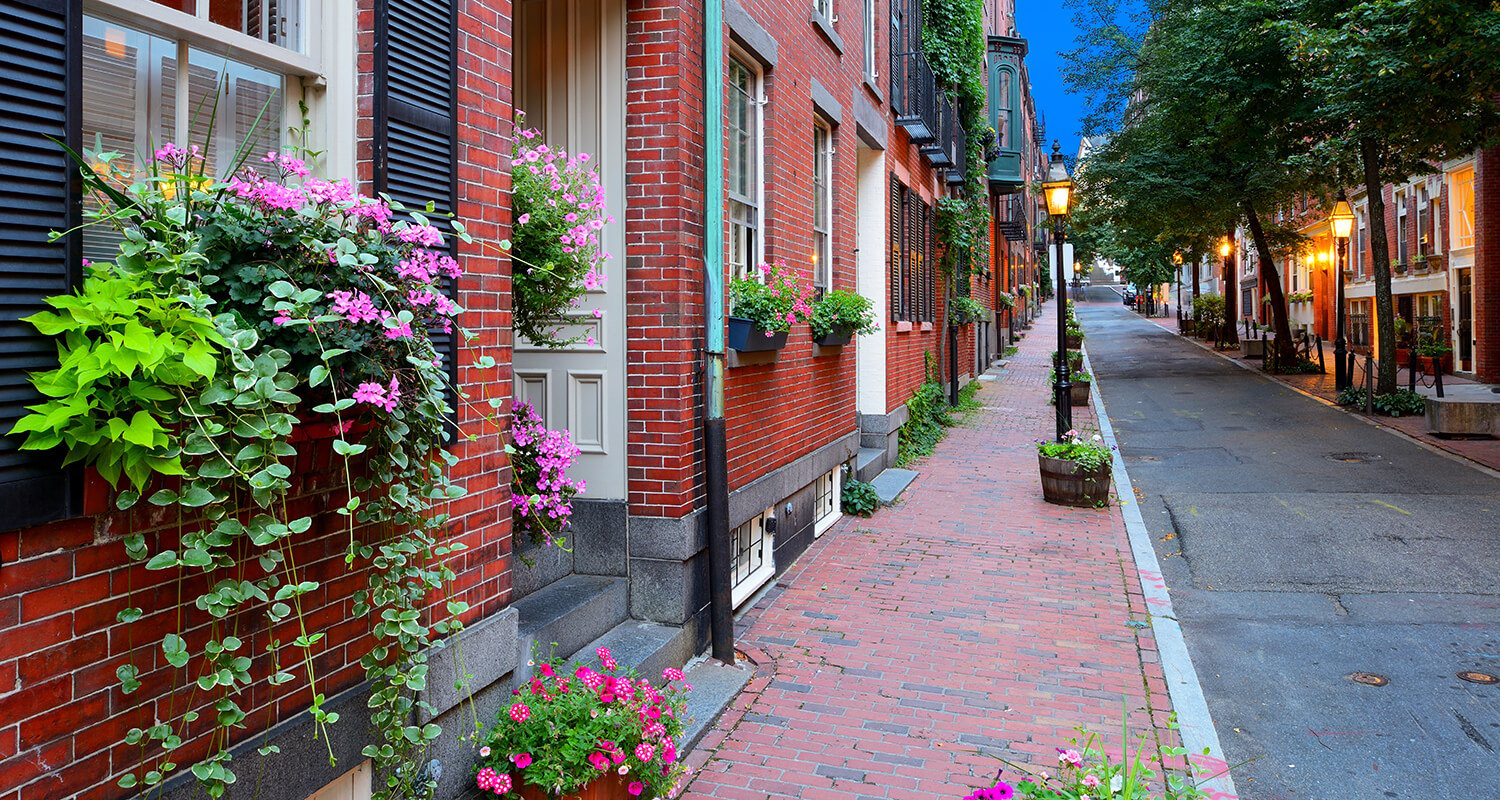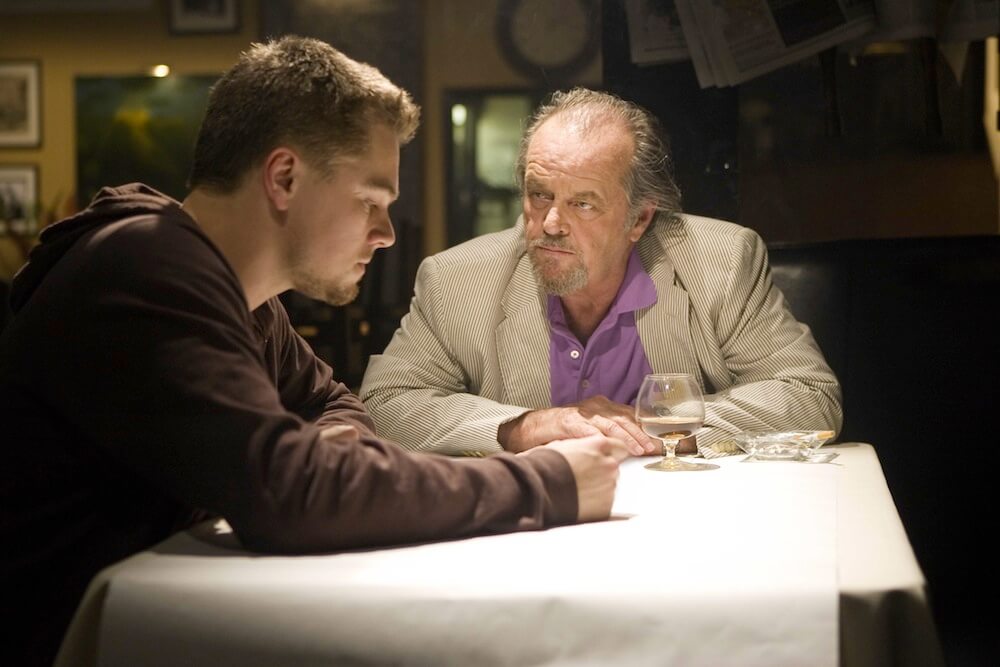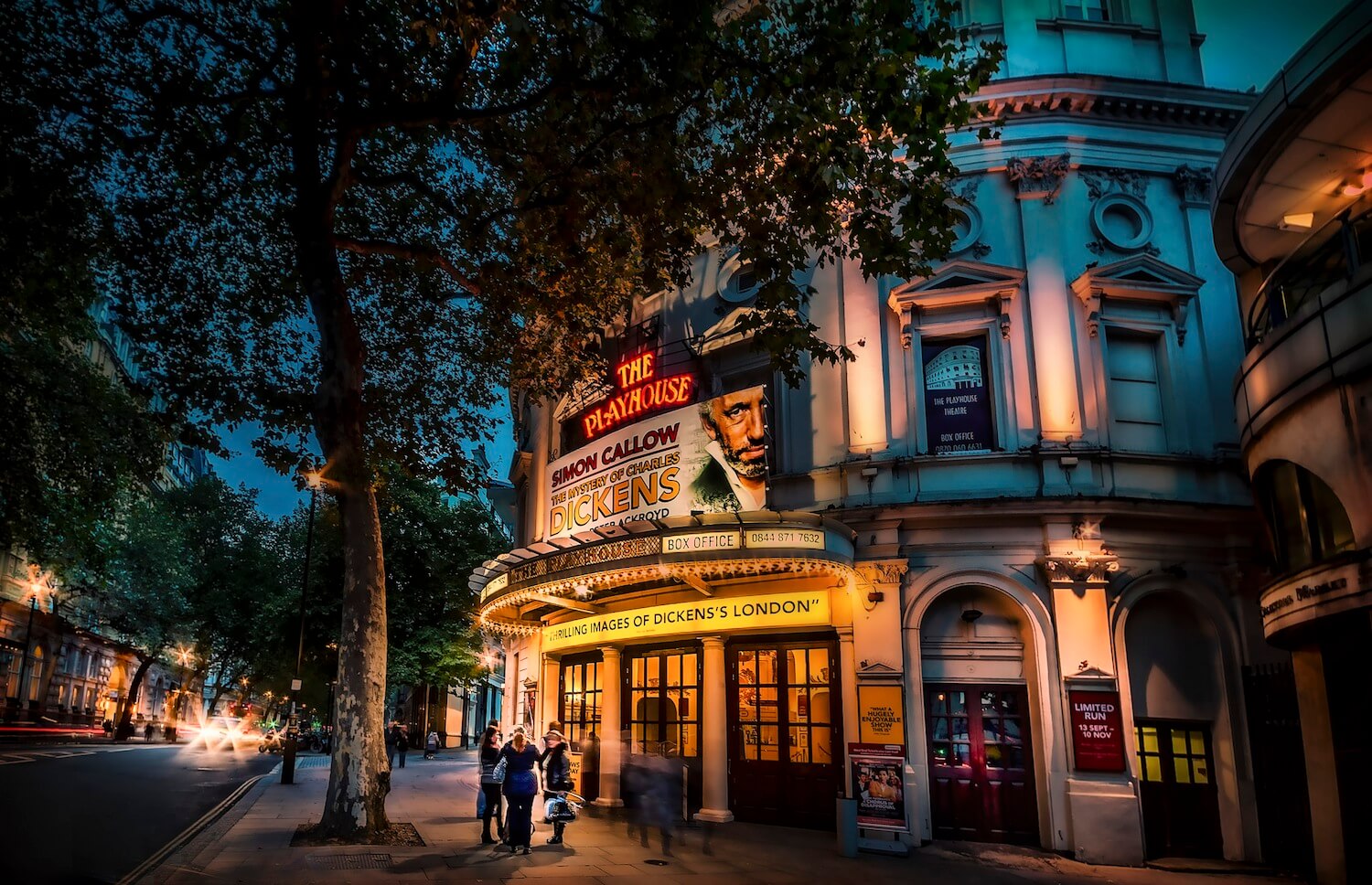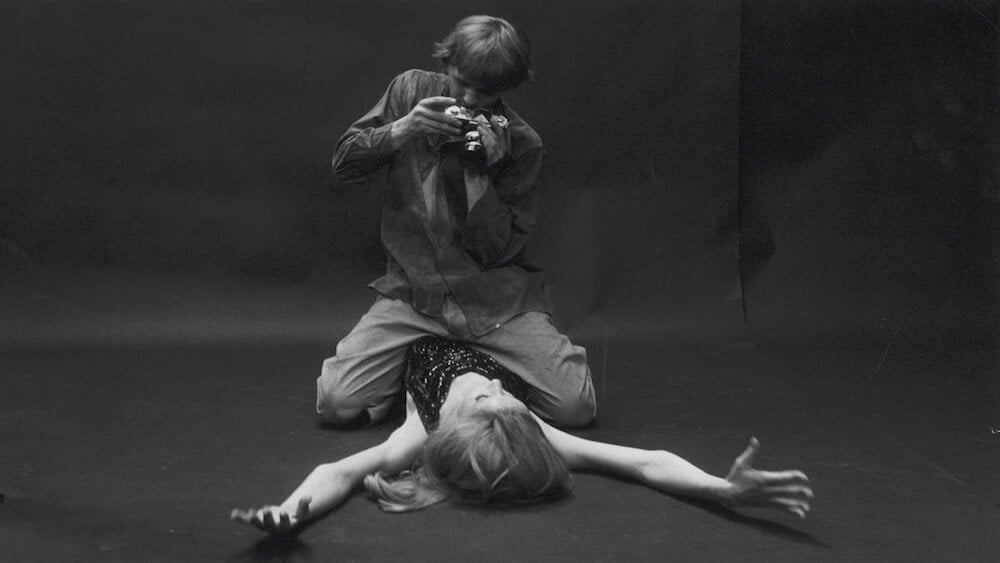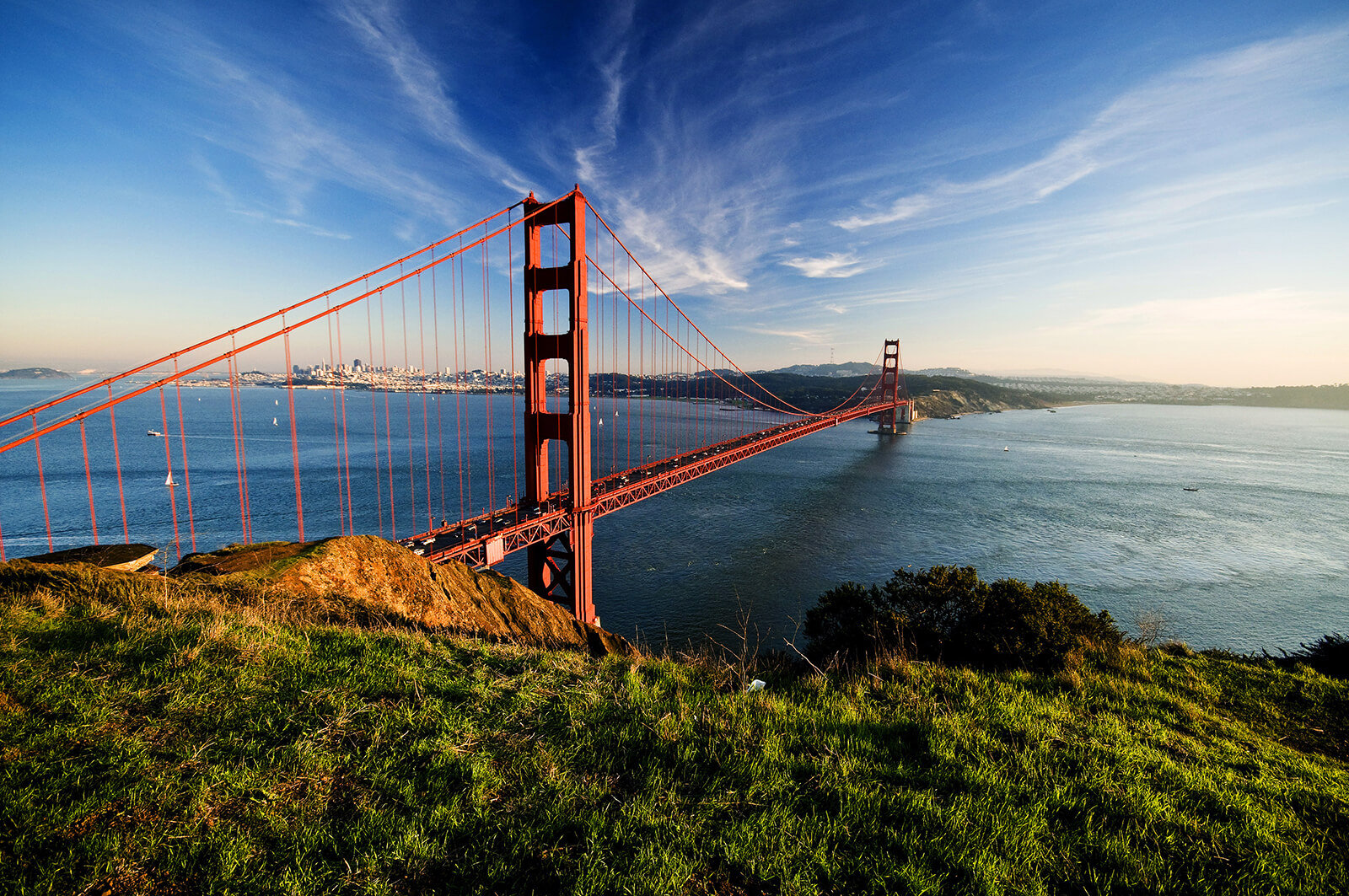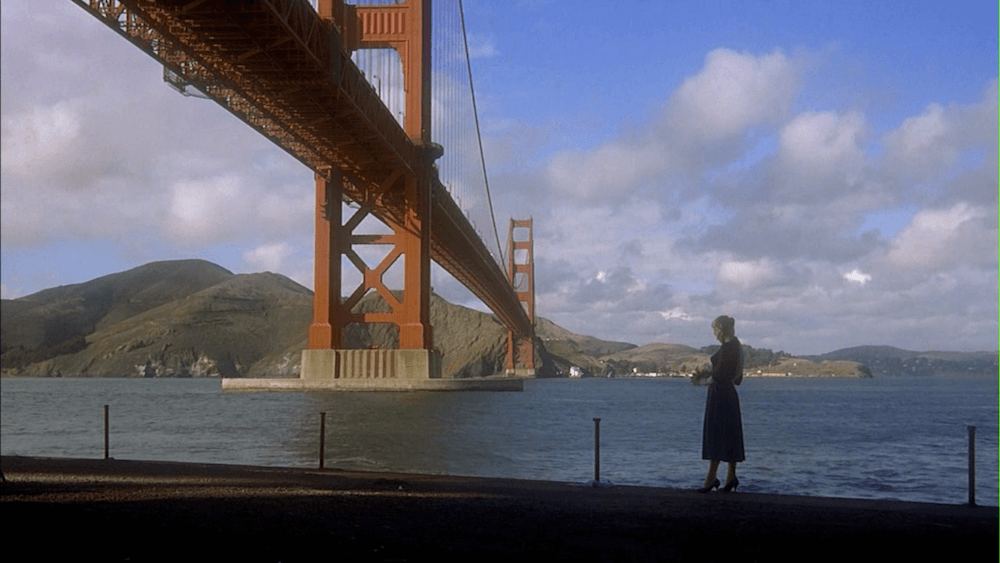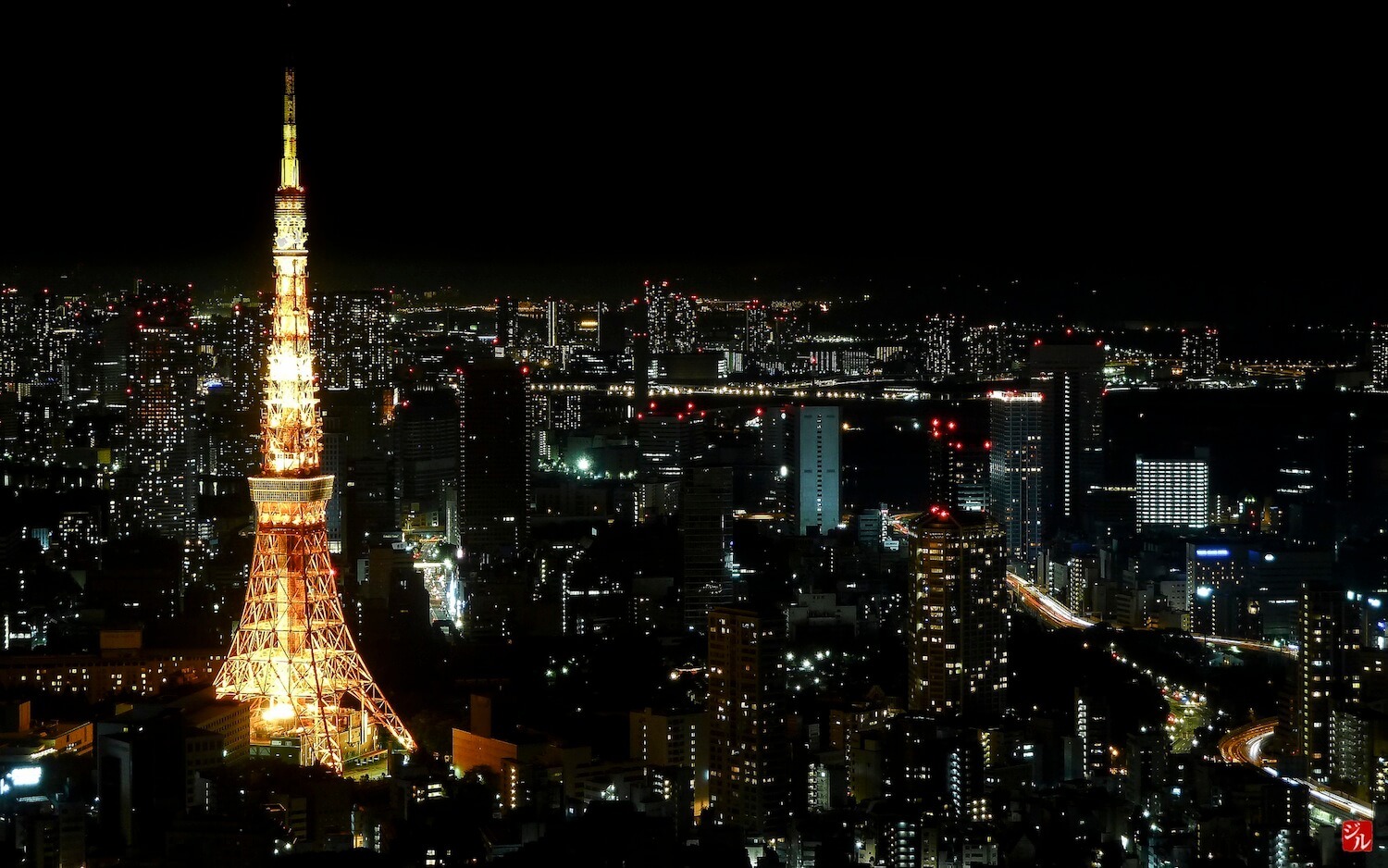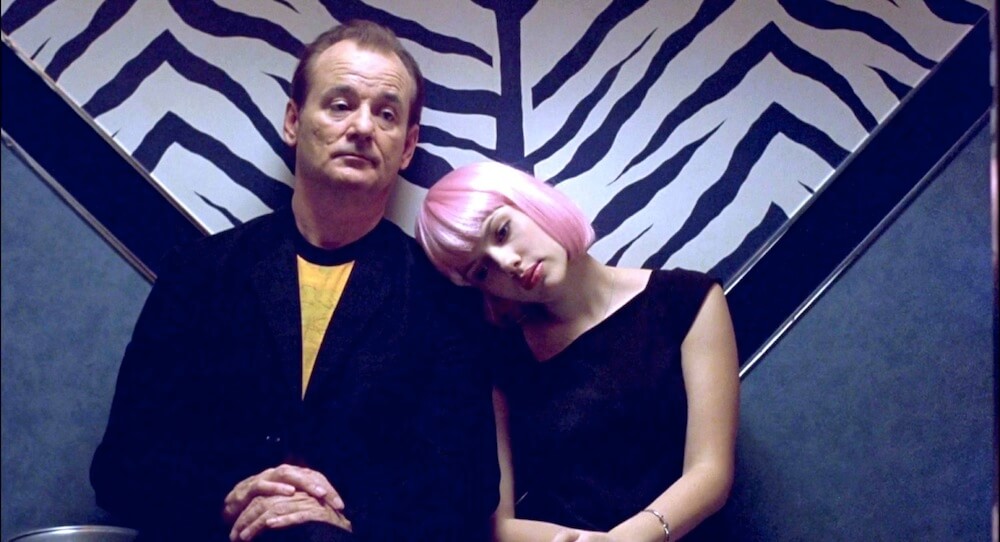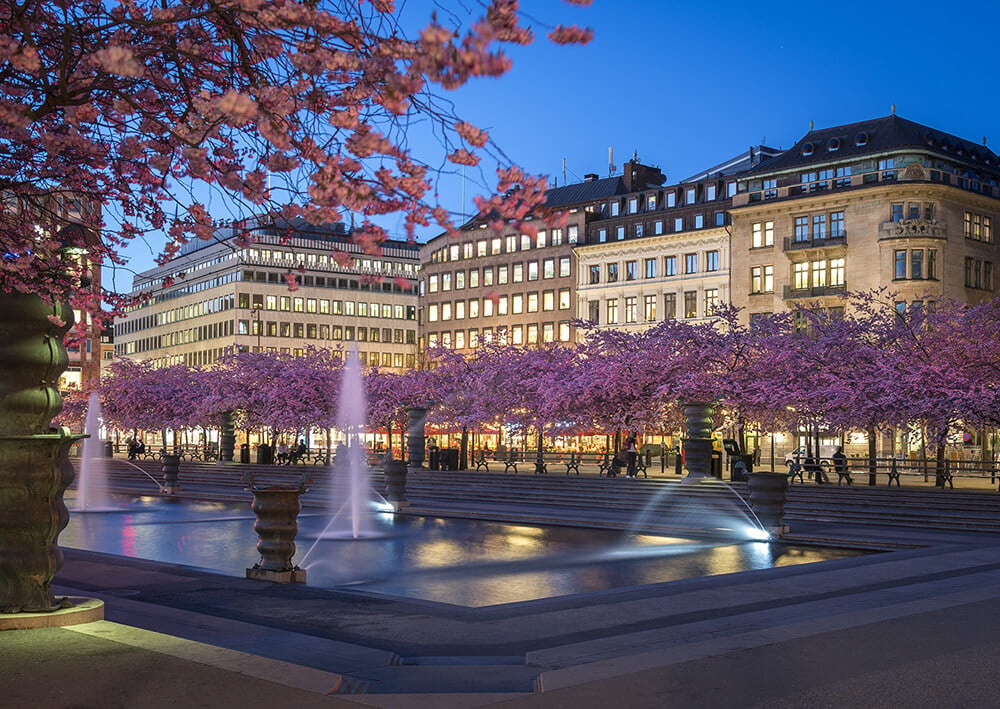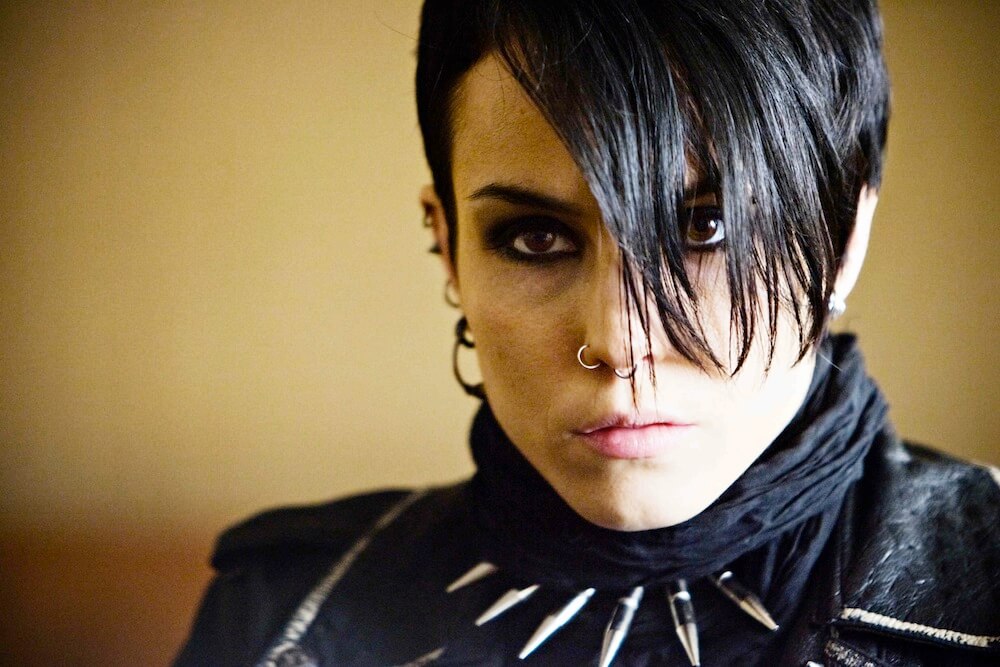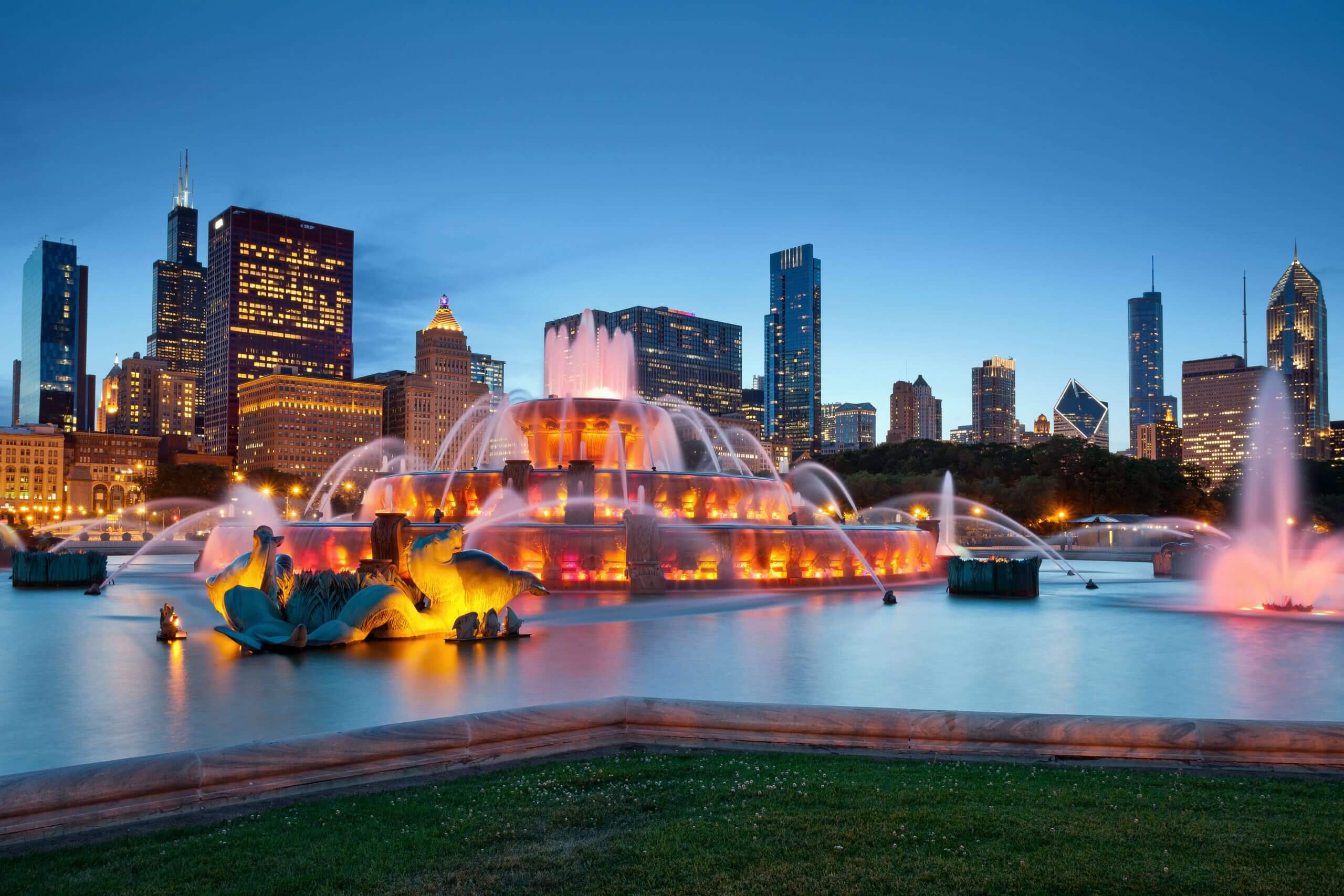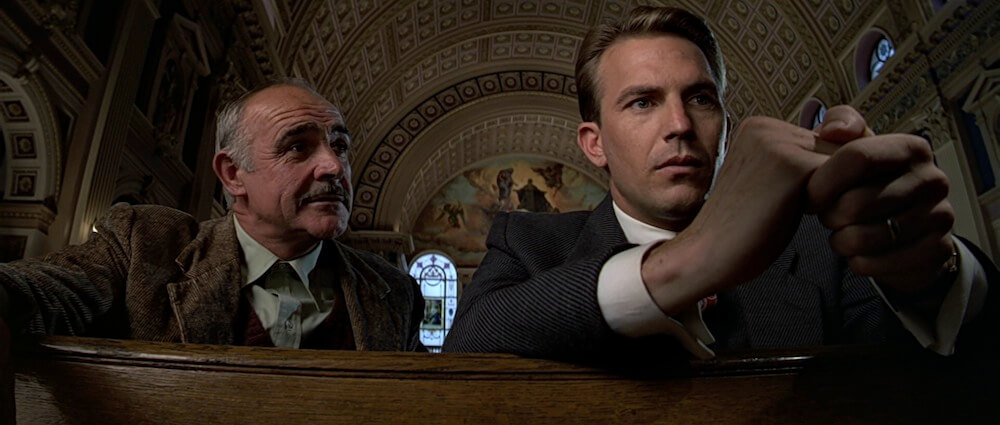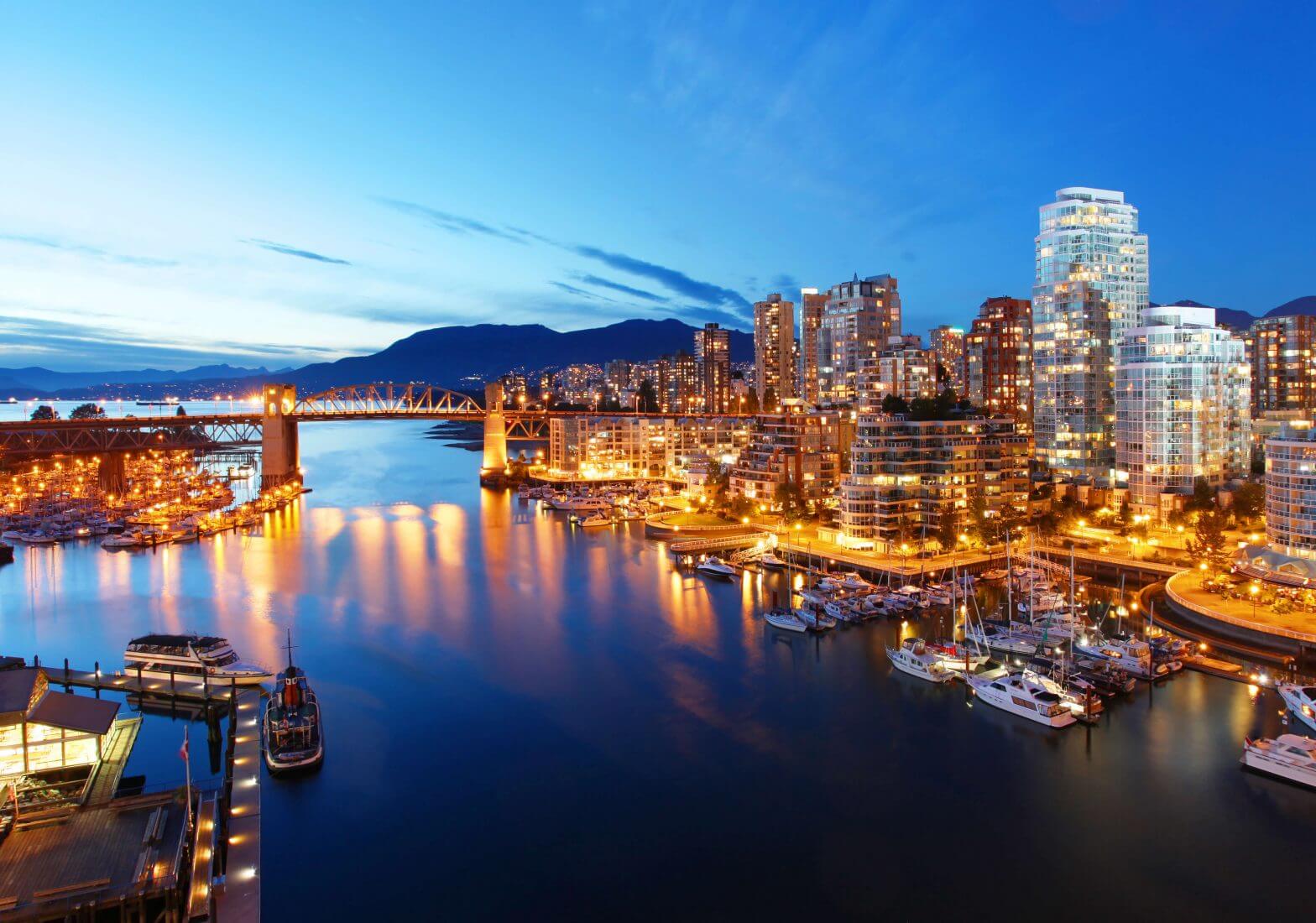
There are places in the world that grab your heart and Vancouver is one of them. I’ve spent more than 20 years here and it never stops. It’s possible to define the different parts of the place, but not the whole.
Let me tell you about some of the best parts.
Let’s start by picking up a bicycle from Spokes Bicycle Rentals at the edge of Stanley Park, the thousand acres of mostly wild British Columbia that juts out onto the Pacific and anchors Vancouver. We’ll sizzle along the park’s wraparound six-mile-long seawall, which is a rite of passage for most visitors to this extraordinary city on Canada’s west coast.
Now let’s decide on a hotel. Location. Location. Location. Right? In Vancouver that means the waterfront: Stanley Park next door; the North Shore mountains across the bustling harbor; and spectacular sunsets over the Pacific morphing peaks of Vancouver Island golden in the distance.
Almost all visitors trek to Canada Place for these spectacular and aha-inducing scenes. Why not stay right there at the glass-walled Pan Pacific Vancouver? It’s the only hotel that teeters over the harbor. Even without considering its ideal location, experts consistently rank it among the best hotels in the city.
If you want something with less hoopla, away from the cruise ships and float planes that dock next to the Pan Pacific, the Fairmont Waterfront Hotel is across the street, offering outstanding service from a large staff and even a dog to walk, if you care to.
There’s a glut of great hotels in this city, but only one waterfront. Why sleep in the inner city? Just saying.
A block from Canada Place is Gastown, the cobble-stoned historic heart of Vancouver featuring fine casual restaurants. We like The Water St. Cafe for lunch or brunch, especially the see-and-be-seen outdoor patio when the sun shines.
Another few blocks distant is Vancouver Magazine’s restaurant of the year for 2016. Maenam serves “authentic Thai cuisine with innovative twists on centuries-old recipes.” It’s located in Kitsilano neighborhood, a hood where you just can’t imagine a Streetcar-Named–Desire lifestyle. It’s close to the beach and only a 15-minute drive across Burrard Bridge from our Canada Place base.
On the other hand, nobody should leave northern Pacific waters without dining on seafood. We believe the best is served at Blue Water Cafe, and on this Vancouver Magazine also agrees.
The New York Times has called Yew Seafood and Bar (“where cocktails go down easy”), the best place in Vancouver for a nightcap. It’s in the Four Seasons Vancouver, a great hotel, just not on the waterfront. It connects to a vast shopping mall if that’s your thing.
A far more hip place for a drink is The Keefer Bar, located in Vancouver’s Old World Chinatown, five minutes from Canada Place. Buzzfeed buzzed about in a piece titled 19 Bars Around The World You Should Drink At Before You Die.
From Canada Place, walk the waterfront back to Stanley Park and discover the hallways of tall Douglas firs among the park’s 1,000 acres until you can’t take any more beauty. The First Nations’ totem poles at Brocton Point are British Columbia’s most-visited attraction because of the nine jillion tour buses that stop there. Go early in the morning to experience the vibe.
Across Lions Gate Bridge is a gondola at the base of Grouse Mountain, another must-do while visiting Vancouver. During summer months, free shuttles operate from Canada Place.
Close by is Capilano Suspension Bridge, which spans a shimmering river where Pacific Ocean salmon spawn. Free shuttles also travel here from downtown locations. Both Grouse Mountain and the suspension bridge charge fees.
Throughout greater Vancouver there are reminders that Canada is the homeland of First Nations people. But no place showcases that rich culture deeper than the incomparable Museum of Anthropology, which features permanent and traveling exhibits. Like Seattle, Vancouver gets rain and days on end when the sky is the color of old dimes. That’s when this museum can be the best place to go.
Located on the spacious grounds of the University of British Columbia, it’s what you’ll rave about at dinner parties when you get home. Sometimes our own ignorance can really move us. And that’s a reason to travel.
Other rainy day attractions include the Vancouver Art Gallery, the largest in Western Canada and featuring traveling exhibits like Picasso and a large permanent collection from the astounding work of West Coast artist Emily Carr.
Vancouver in its early days was nailed together hurriedly from odd lots of old growth timber. Canadian prime minister Justin Trudeau is the son of Pierre Trudeau, who was perhaps the most dominant prime minister to ever serve Canada. On a visit to Vancouver about 40 years ago, he remarked “Vancouver will be a nice place when it’s finished.” He was right.
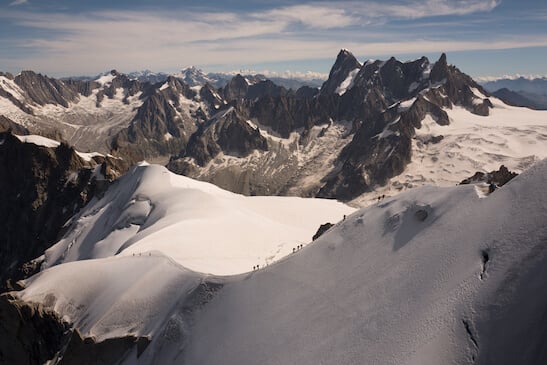
Twelve European alpine resorts have locked arms and branded themselves “Best of the Alps.” That may sound pretentious but they really are the best of the best, offering Swiss-like-efficiency, capital-H Hospitality, and a tourism infrastructure second to nowhere. And then there’s all the extraordinary skiing.
These dozen classic resorts teeter above the alpine nations of Austria, France, Germany, Italy and Switzerland.
They all offer see-forever views, wide-ranging accommodations, to-die-for restaurants featuring regional cuisine, and history deeper than the abundant winter snowfalls.
Let’s begin by rolling the credits: Chamonix Mont-Blanc, Cortina d’Ampezzo, Davos, Garmisch-Partenkirchen, Grindelwald, Kitzbühel, Lech Zürs am Arlberg, Megève, St. Anton am Arlberg, St. Moritz, Seefeld and Zermatt.
They stretch along the horseshoe-shaped Alps from Mont-Blanc to the Matterhorn, way up there where the road gets thin and beautiful and so do the people.
So let’s schuss through these resorts and see what’s there.
Chamonix is the best-know French resort in the Alps. It was the venue for the first Winter Olympic Games in 1924. Today it’s Ground Zero for adventure sports in the Alps. The place is fuelled on the adrenaline of extreme skiers and climbers, base jumpers, wing-suit flyers and the next new thing.
Accommodation-wise, let’s stick with the best-of-the-best theme. We doff our berets to Hotel Mont-Blanc, the ideally situated and recently renovated 100-year-old Grand Dame of Chamonix inns. The hotel’s Le Matanfan restaurant challenges the best menus in Paris. Off the slopes, don’t miss the Alpine Museum in Chamonix, located in the exquisite Chamonix Palace.
Tucked into Italy’s vaulted Dolomite Mountains, glitzy Cortina d’Ampezzo offers la dolce vita off and on the slopes. Fur coats outnumber ski suits along the streets. But don’t be fooled. This 1956 Winter Olympic venue interconnects with 750 miles of downhill ski trails in 12 valleys utilizing nearly 500 ski lifts. Linked resorts like this are the hallmark of skiing in the Alps. In North America we go up and down; skiers in the Alps go round and round.
Cortina’s best digs, Hotel de la Poste, has been run by the Manaigo family since it opened in 1835. For traditional Ampezzo dishes we recommend El Camineto. For entertainment, stroll the Corso in the center of town amid clouds of Chanel 5 and cigar smoke.
Davos is where Prince Charles nearly died in an avalanche (he did lose a friend). It’s the only city in the Alps and it’s as famous for its think tanks, especially the annual World Economic Forum, as it is for its far-reaching slopes. A daylong ski tour leads to the Swiss resort of Arosa, which was made famous by Sir Arthur Conan Doyle who visited in 1894. The Parsenn ski area of Davos was the site of the first downhill race back in 1924.
We like the new Intercontinental Davos hotel perched overlooking the vast alpine playground with sheets like fresh dollar bills. We’re also big on the Old World Pöstli Restaurant. The Kirchner Museum offers insights into the community through the work of Ernst Ludwig Kirchner.
Located beneath the 9,718-foot Zugspitze, Germany’s highest mountain, the combined town of Garmisch-Partenkirchen hosted the 1936 Winter Olympic Games. The warren of old streets defines Bavarian architecture with outdoor frescoes beaming from pastel stuccoed buildings surrounded by glacier-carved summits. The skiing is varied and often challenging. And the infamous Kandahar downhill race is one of the toughest on the World Cup tour.
The Hotel Zugspitze lords over the rest of the Garmisch-Partenkirchen’s accommodations. Interesting side trips include King Ludwig II’s castles at Linderhof and Neuschwanstein. For classic Bavarian dining we like Reindl’s Restaurant. Also not to be missed is the old Ludwigstrasse section of town, where The Werdenfels Museum itself is located in a museum-piece-like fifteenth-century home.
The uniquely Swiss storybook village of Grindelwald is dwarfed by glacier-covered summits (including the infamous North Face of the Eiger), and visited by toylike electric trains grinding up the mountains. Visually, this is about as good as the Swiss experience gets.
The chateau-style Grand Regina would receive top-ratings in any European capital, but this setting amid the famed Bernese Oberland makes it seem out of this world. Most of the best dining is found in the region’s hotels. Perhaps the best of them all is Schmitte, located in the Hotel Schweizerhof, which ranks right up there with the Grand Regina.
Kitzbühel is Austria’s most glamorous resort and usually produces more ski champions than anywhere in the world. This is the heart of the Tyrol, a poster pinup of everything we hope to find when skiing Europe. The fourteenth-century St. Andreas church bells toll and the sweet scent of apfelstrudel drifts with mountain air along the cobbled, car-free streets of Old Town.
Five-stars-and-counting Hotel Tennerhof is as elegant as it gets in this town, which is as famous for its après-ski as it is for its slopes. The elegant restaurant Kupferstube is usually acclaimed as the best kitchen in town. We agree. Both Innsbruck and Venice are just an hour away via train and make for a wonderful daylong excursion away from the slopes.
Lech Zürs am Arlberg is the last bastion of five-star skiing in Austria. The slopes are as groomed as the mostly silver-haired folks who ski here. Lech’s Old World charm has always been popular with the well-to-do and the well-known, including royalty. Above Lech, the village of Zürs is one of the most exclusive ski destinations in the world.
There’s a glut of high-end hotels in the area, but we like to go sideways here and stay with Olympic downhill champion Egon Zimmermann at his four star Hotel Kristberg, where we never tire of the stories from this kind, gentle and brave man. If you’re craving more luxury, visit the Burgvital Resort and its over-the-top restaurant.
Stylish Megève is as much a state of mind as a place. The sunny Mont Blanc neighborhood is all you can ask of the Alps. It’s perhaps the most romantic and charming among the dozen resorts that make up the Best of the Alps, although the slopes are relatively tame. The medieval-style village showcases luxury digs, fine French cuisine and swank shops.
But some of France’s best Haute Savoie cuisine is found in the myriad on-mountain restaurants that border Megève’s slopes. Take your pick – you can’t go wrong. The most acclaimed restaurant is Flocons de Sol, and on this we agree with other professional critics. Off the slopes, explore the thermal baths at St. Gervais.
St. Anton am Arlberg yields up Austria’s most famous ski terrain. Some believe its ski instructors taught the world to ski, moving to new mountain ranges like missionaries. The sweeping ski circus is vast and exciting. The emphasis is on good, hard skiing by day, and raucous partying at night. The quality of both is uncommonly high.
Hotel Schwarzer Adler in St. Anton has served us well over the years and we highly recommend it. For a cozy evening, we like to dine by the fireplace at The Museum Restaurant located in the 104-year-old Trier villa, which by day houses St. Anton’s outstanding museum.
Surprisingly, the only Olympic site in Switzerland is St. Moritz, host of the Winter Games in1928 and then again in 1948. Set within the spectacular mountains of the heart-shaped Upper Engadine above a string of lakes beneath 13,000-foot Piz Bernina, St. Moritz is arguably the world’s most famous winter address.
Back in 1864, a local innkeeper named Johannes Badrutt dared his British summer guests to return in winter with a money-back guarantee if they weren’t satisfied. From that, the world’s first winter resort evolved. Badrutt’s Palace Hotel remains perhaps the most exclusive accommodations in the ski world. And you can’t beat the hotel’s dining options. Bring your no-limit credit card.
Located just 15 miles south of Innsbruck, Seefeld is one of the prettiest spots in the Alps. And it’s ancient, first mentioned in Roman documents in the year 1022. The heart of the village is a car-free, cobblestone center rimmed by steep roofs, ornate balconies and typical Tyrolean post-and-beam architecture.
Hotels are small, intimate and upscale. Most of them are family run. Particularly pleasing is the five-star Hotel and Spa Klosterbrau, built around a former sixteenth-century monastery. Dining in the hotel’s 500-year-old wine cellar is a memory lasting long after the deep snow turns into even deeper wildflowers.
Surprisingly, this alphabetical listing of the Best of the Alps has saved the best for last. Zermatt is where we most like to ski. You can almost reach out and touch the Matterhorn in this carless village, whose ambience is as rich as a Swiss chocolate bar. It’s the kind of place that would stop a thousand tour buses a day, if they were allowed up this extraordinary valley. The skiing is all you could ask for.
The Grand Hotel Zermatterhof does the resort proud. But we also like the Riffelalp Resort located midway up the mountain, which offers a wide-ranging choice of restaurants. The nearby Findeln area is touted as the finest collection of mountain restaurants in the world. A visitor would be remiss not to seek them out. Especially appealing is the Findlerhof Restaurant.
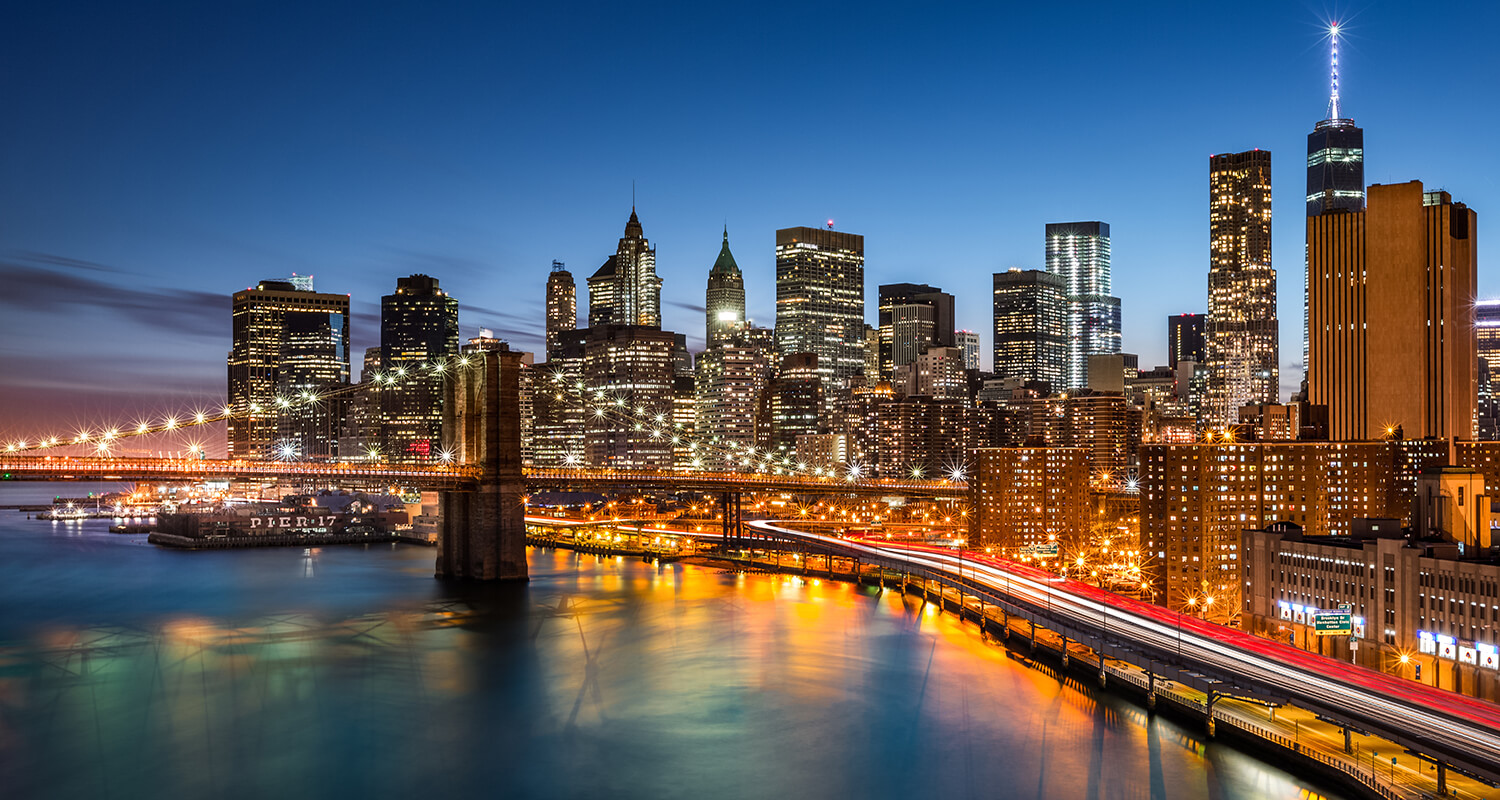
Couldn’t make it to the Tribeca Film Festival? Fret not, because we have 10 iconic films and their respective cities to inspire major travel lust.
New York City: Manhattan (1979)
Want an indelible image of New York City in the late 1970s? Watch a Woody Allen film. Few directors managed to capture the essence of the city better than Mr. Allen himself, who in the span of two years, made two films (the other being Annie Hall) that would iconize the city.
Honorable mentions: Taxi Driver, Dog Day Afternoon
Rome: La Dolce Vita (1960)
Federico Fellini’s classic 1960 film is forever associated with the eternal city. The film, which follows restless reporter Marcello Rubini as he drifts through life in Rome, was filmed at Cinecittà Studios and on location (including the infamous scene involving the Trevi fountain).
We’d like to think of Paris, particularly Montmartre, as ‘before Amélie’ and ‘after Amélie.’ Few other films had such an effect on tourism and the image of Paris. Some decry the loss of authenticity of Montmartre, while others rejoice in its signature quirks.
Honorable mention: Midnight in Paris
Los Angeles: L.A. Confidential (1997)
A throwback to noir films of the 1940s, L.A. Confidential is the ultimate retro L.A. movie. Its plot, loosely based on the 1990 James Ellroy novel of the same name, centers on L.A.P.D. officers and the rabid police corruption of the 1950s. The neighborhoods of Silverlake and Echo Park served as the backdrop for old-school L.A. glamour.
Honorable mention: Pulp Fiction
Boston: The Departed (2006)
Martin Scorsese may be a New Yorker born and bred, but he gave Boston one of its most iconic films to date with The Departed. Inspired by the story of mobster Whitey Bulger, Scorsese’s film is an ode to hard scrabble South Boston and its questionable denizens. It was largely filmed on location in Boston, including the Brutalist-style City Hall.
Inspired by the life of fashion photographer David Bailey, Blowup epitomized Swinging London in the 1960s. With real-life model Veruschka as muse, director Michelangelo Antonioni employed icons of the era in addition to well-known locations like Maryon Park and Charlton.
Honorable mentions: An Education, Notting Hill
San Francisco: Vertigo (1958)
Alfred Hitchcock’s most memorable film, surprisingly, wasn’t shot in his native England but rather in the hilly cityscape of San Francisco. With its steep hills and tall, arching bridges, the Bay Area became the ideal set for the psychological thriller starring Jimmy Stewart as a retired detective suffering from a case of extreme acrophobia.
Honorable mentions: Point Blank, Bullitt
Tokyo: Lost in Translation (2003)
Sofia Coppola’s dramedy starring Bill Murray and Scarlett Johansson as unlikely comrades put Tokyo into a whole new light. The frenetic city looked positively romantic and the drop-dead gorgeous views from the Park Hyatt didn’t hurt, either.
Stockholm: The Girl with the Dragon Tattoo (2009)
The 2011 version of the Swedish thriller might get all the credit, but we think the 2009 film starring Noomi Rapace gives a more vivid realization of the city. Plenty of Stockholm locations pop up in the film, including the Stockholm Hilton, Stockholm Central Station, Arlanda Airport, and many, many others.
The Girl with the Dragon Tattoo
Chicago: The Untouchables (1987)
This Brian De Palma flick embodied Chicago’s notorious mob history. Even though a lot of gangster films have been based in Chicago (e.g. Road to Perdition, Public Enemies), a lot of the scenes in The Untouchables were filmed in actual historic buildings around town, including the opulent Chicago Theatre and Union Station.
Just another WordPress site
